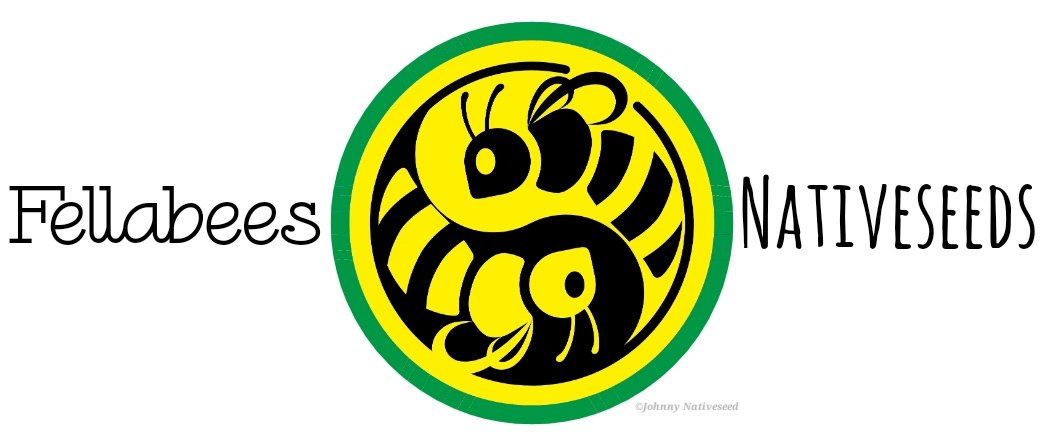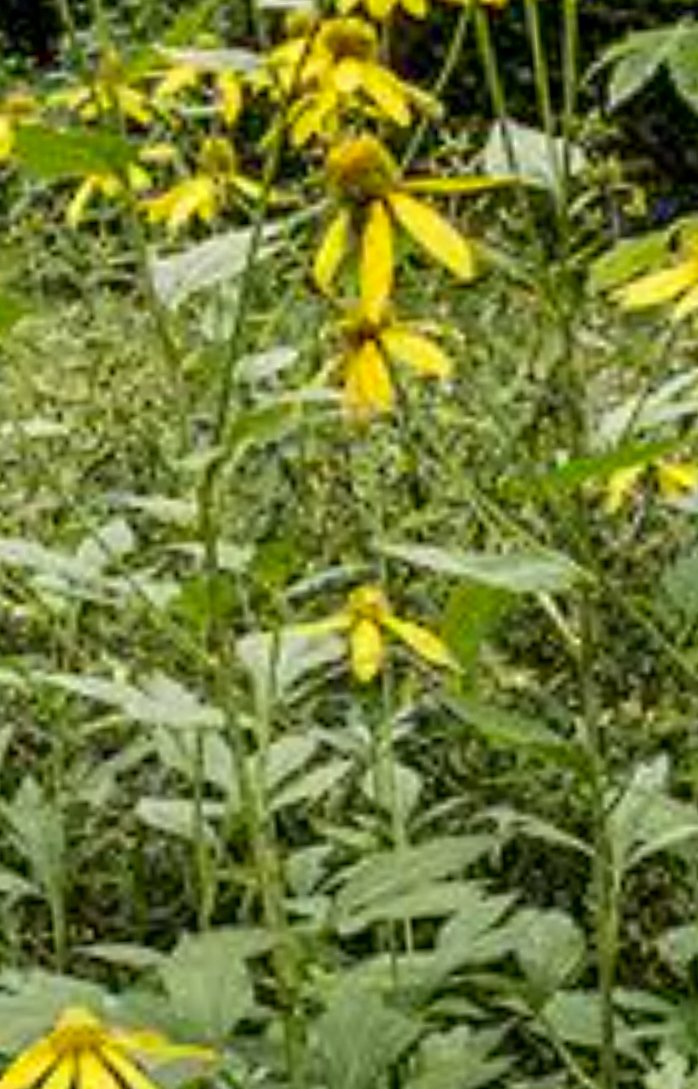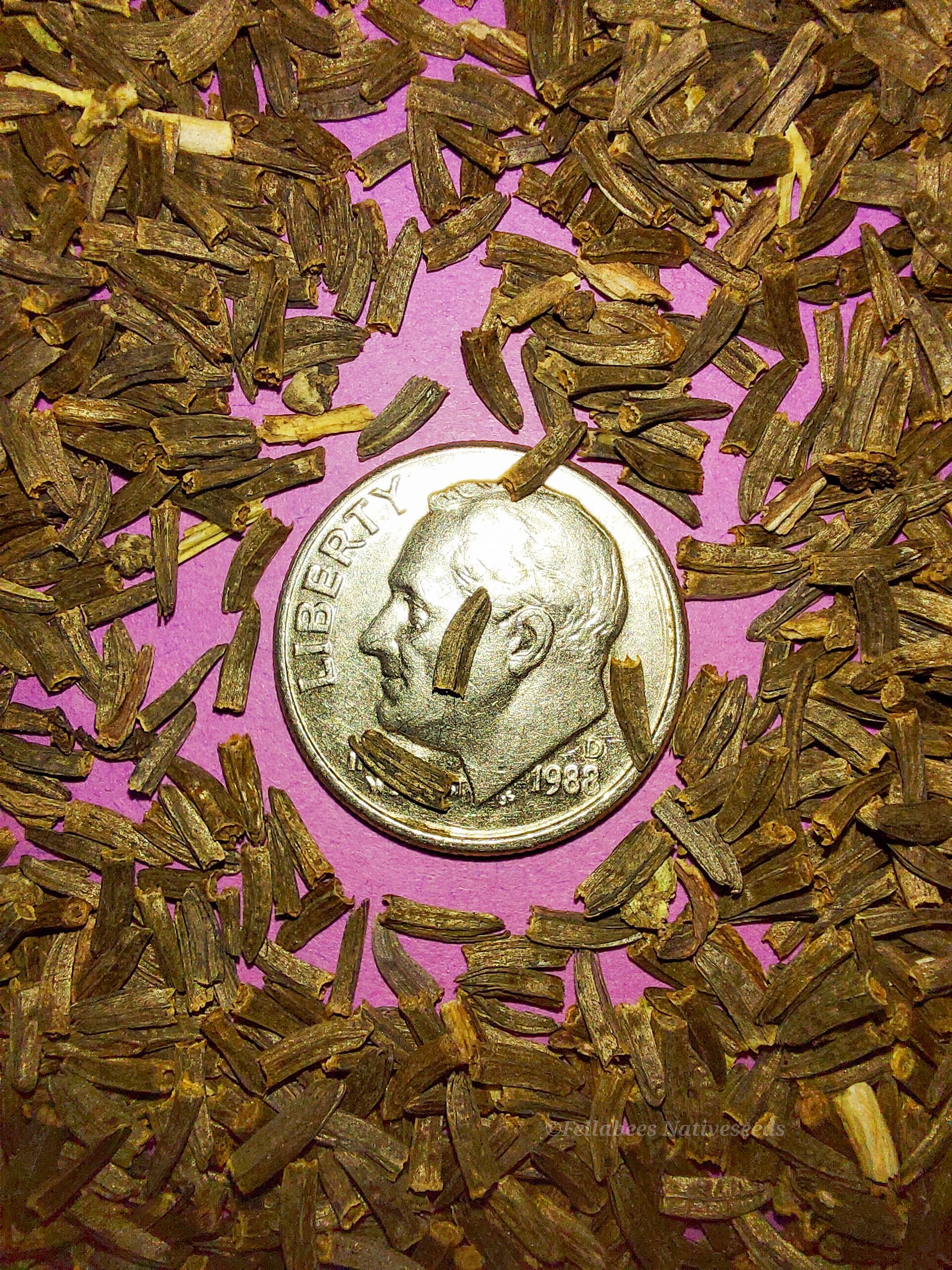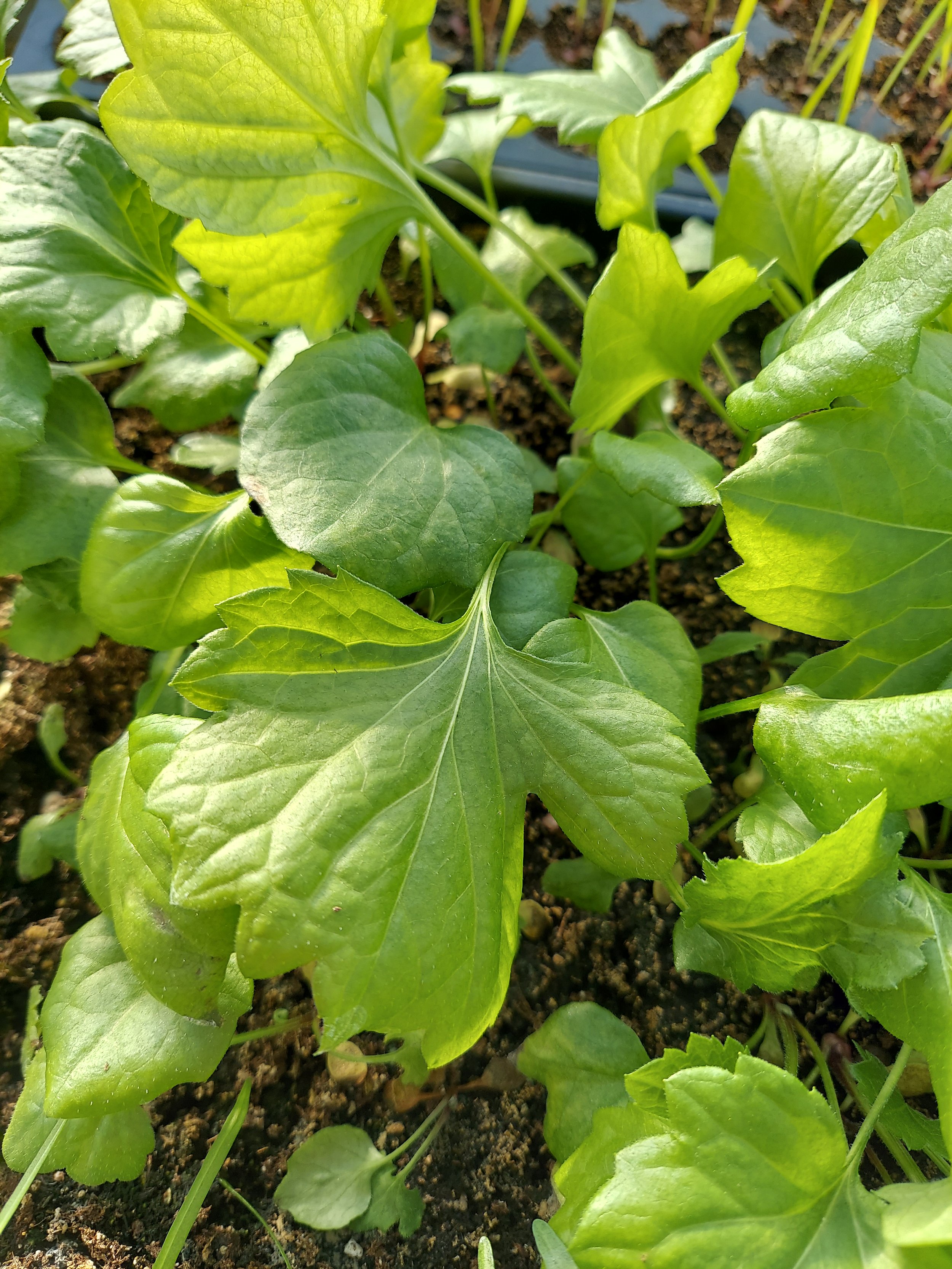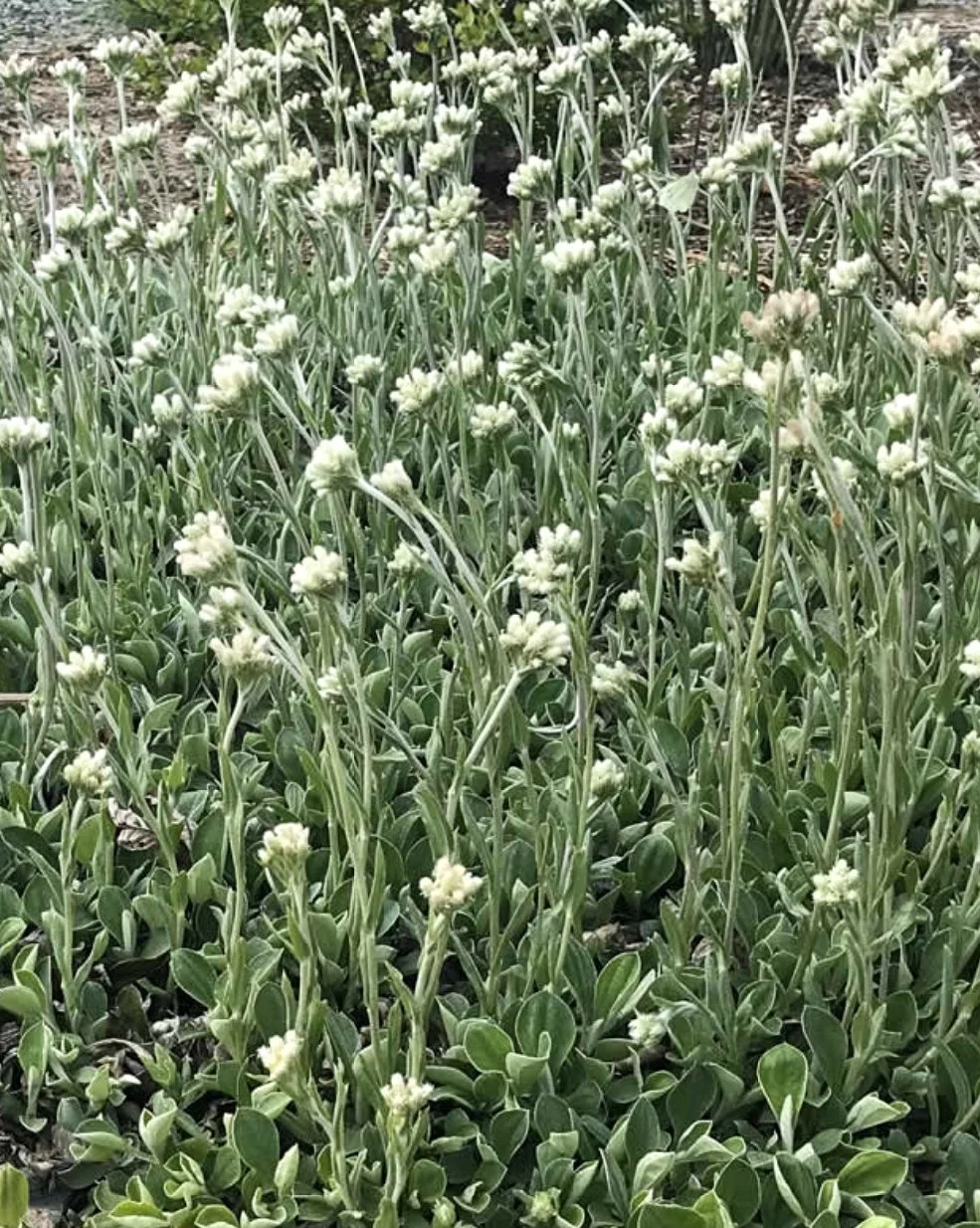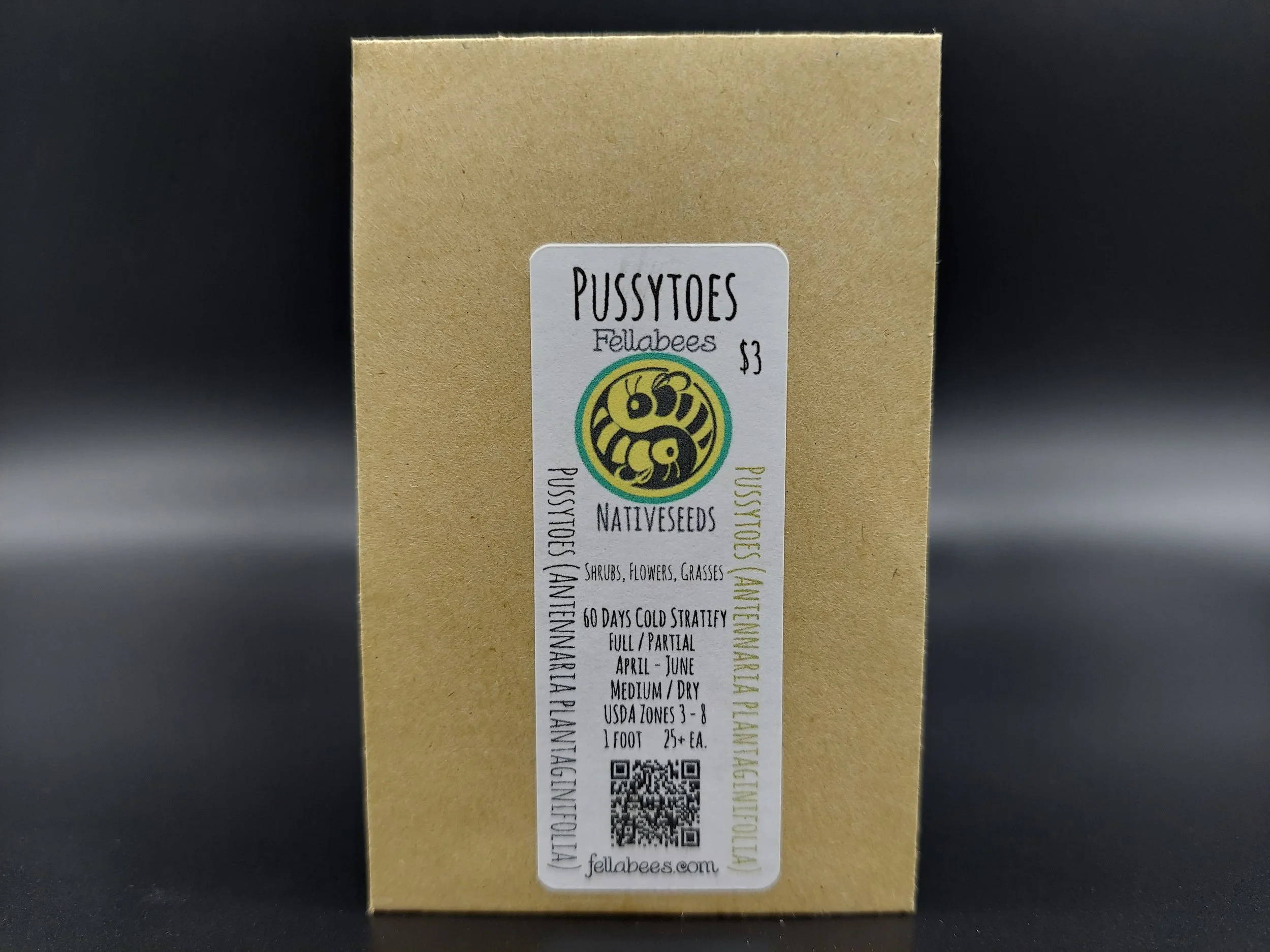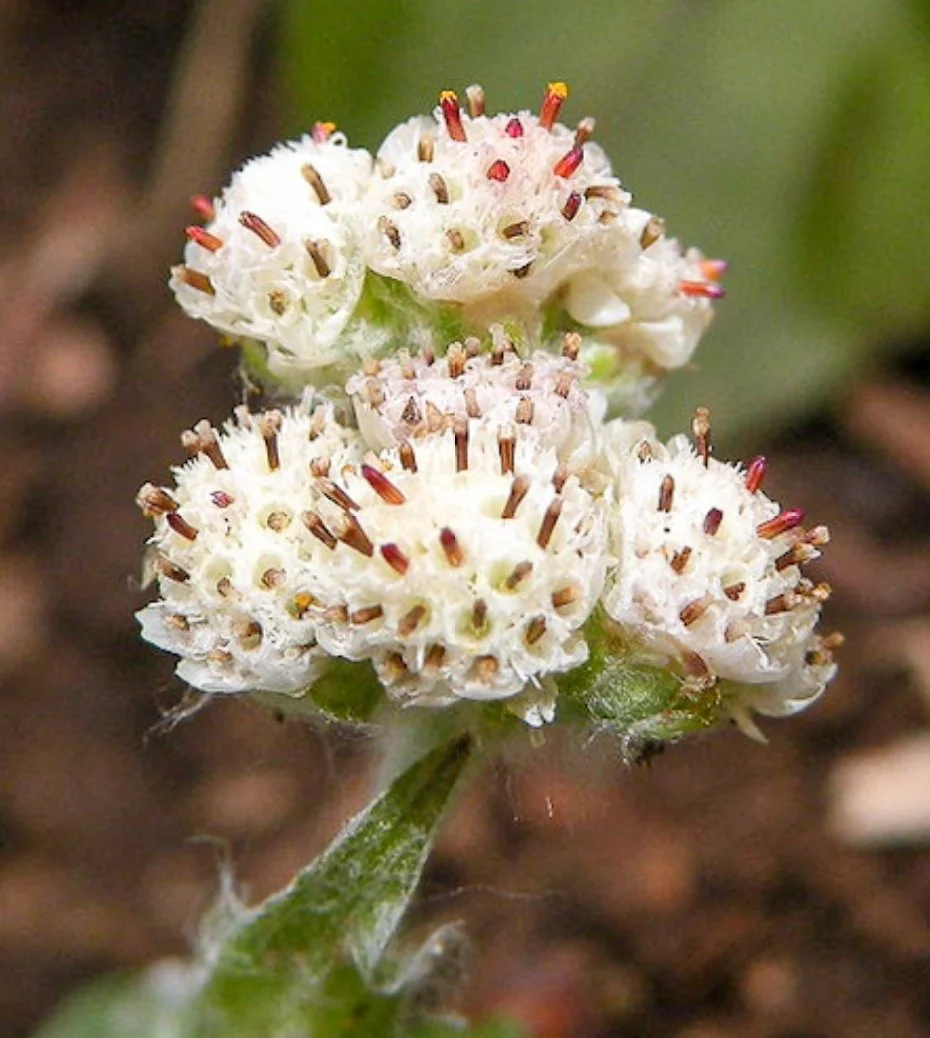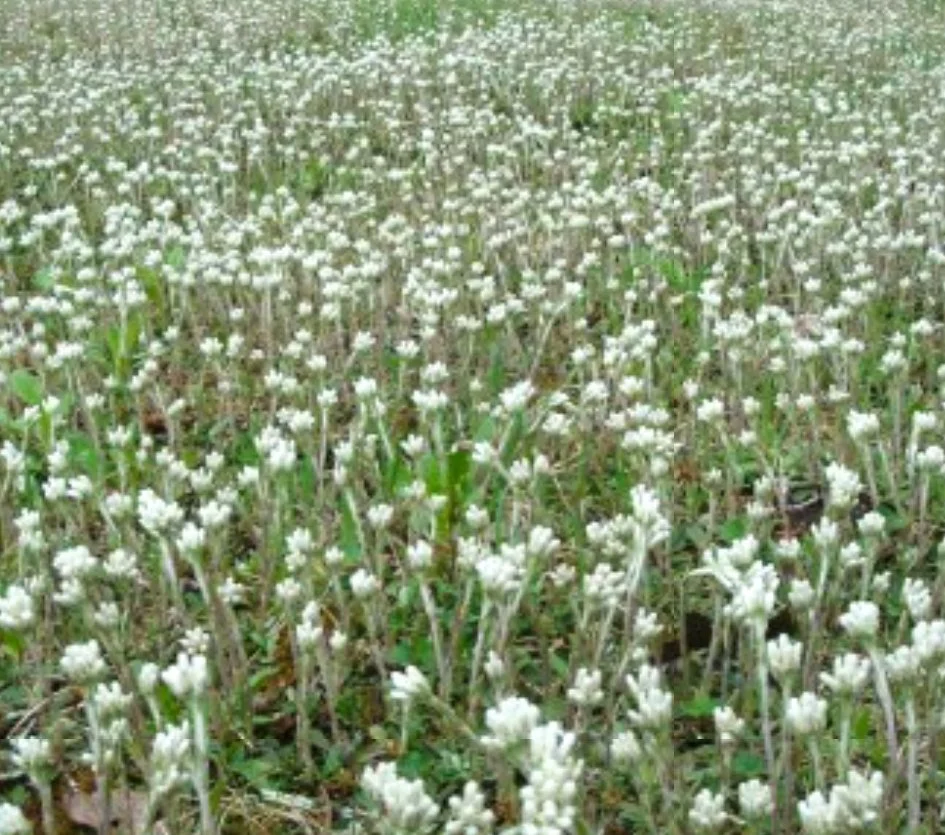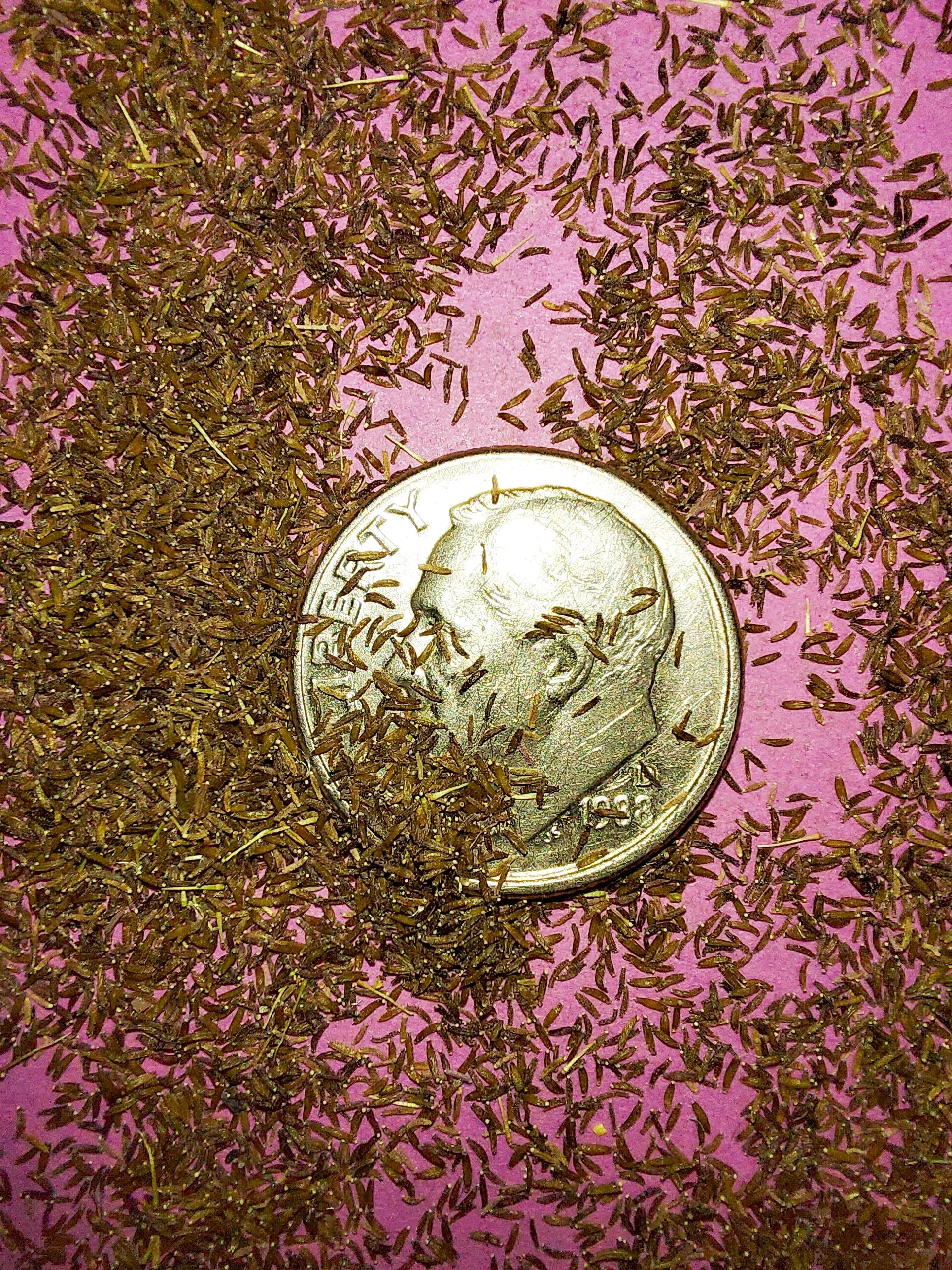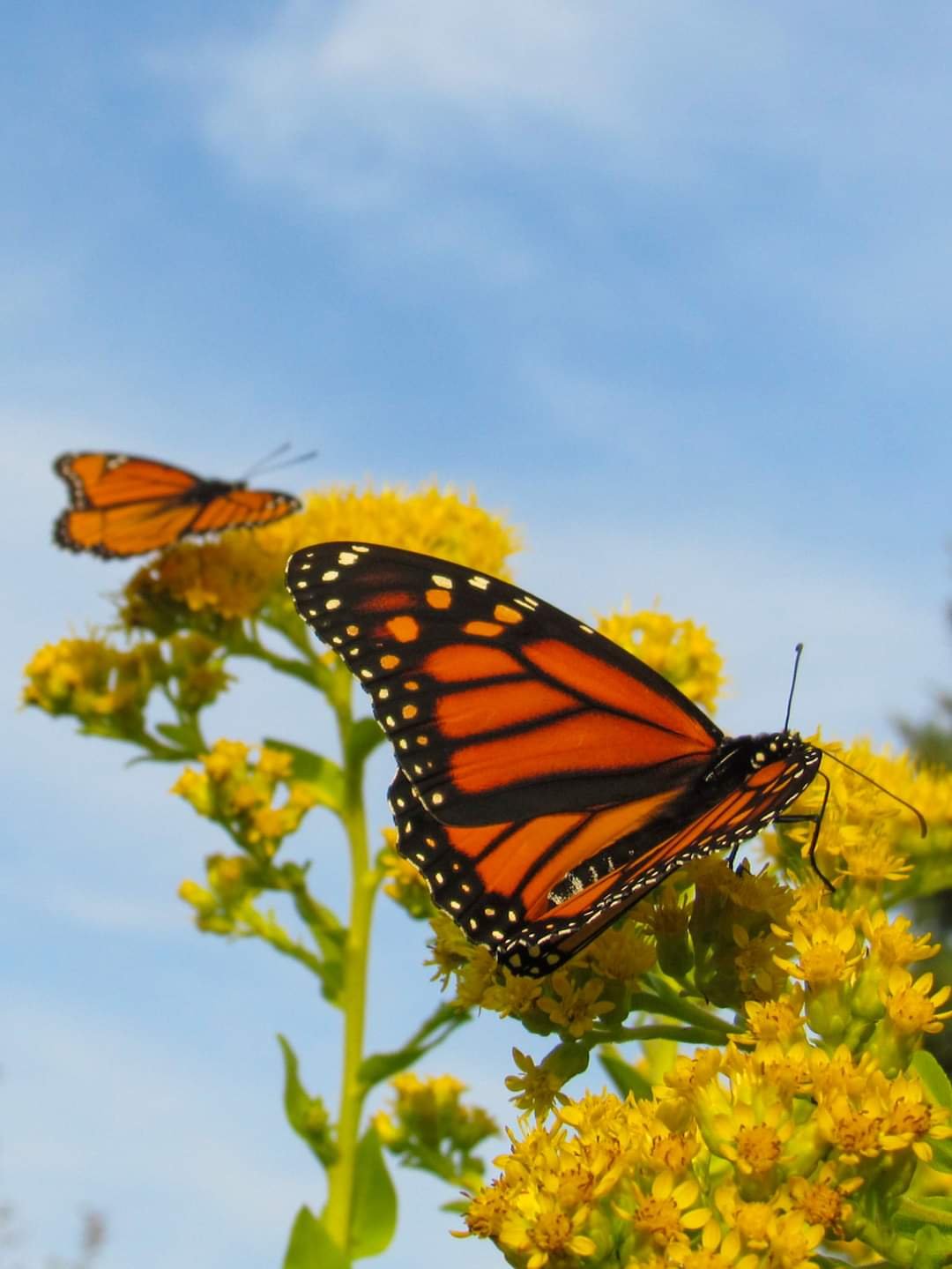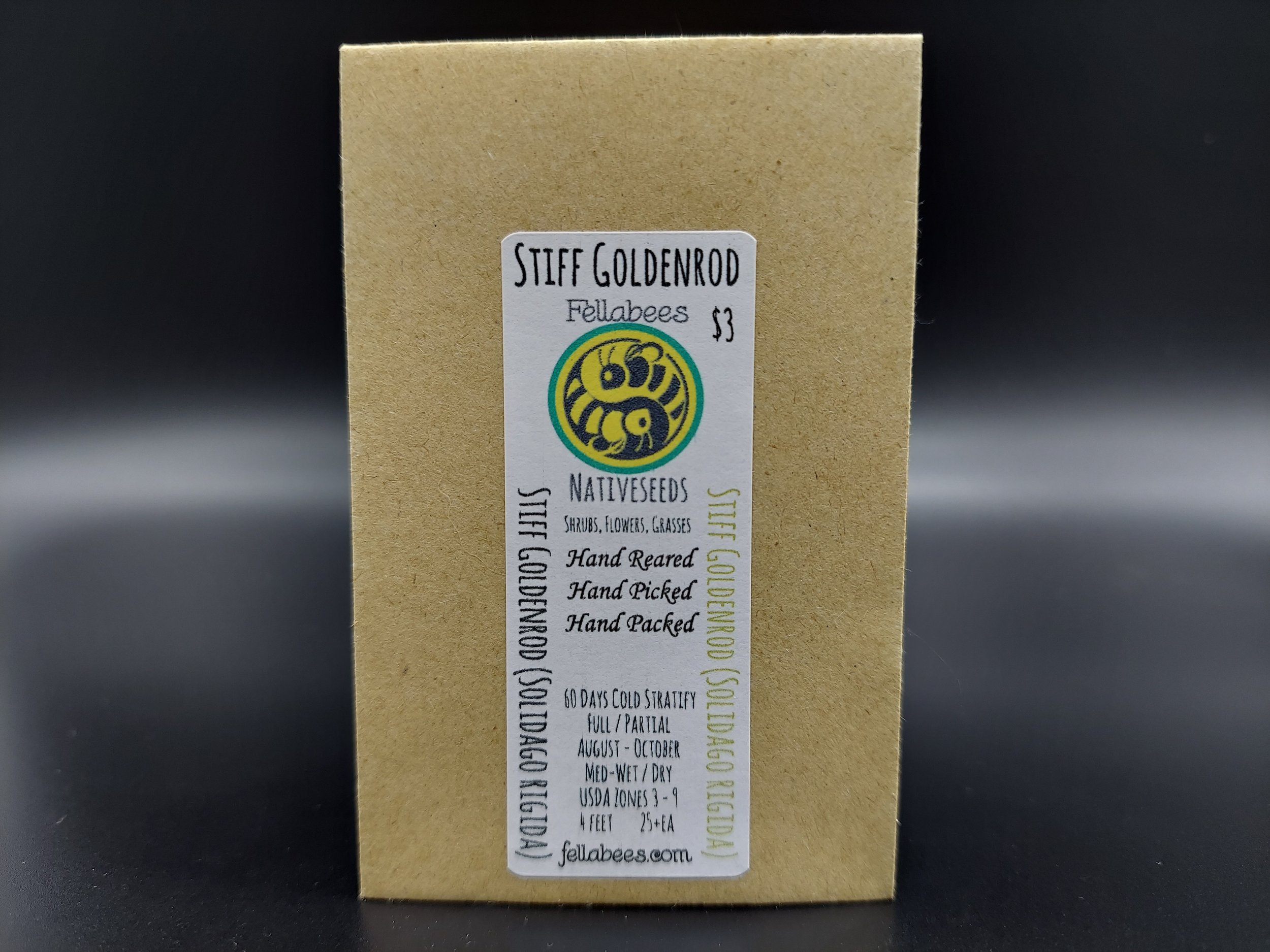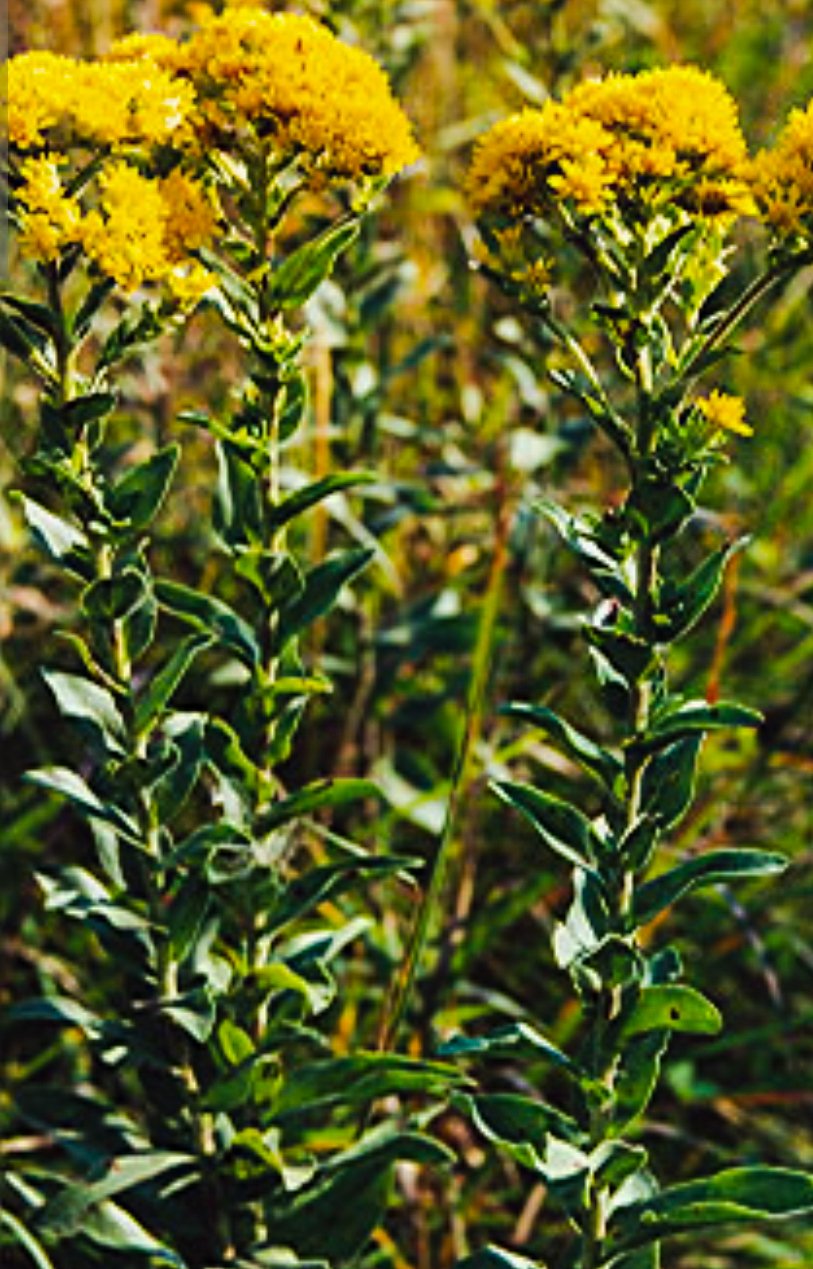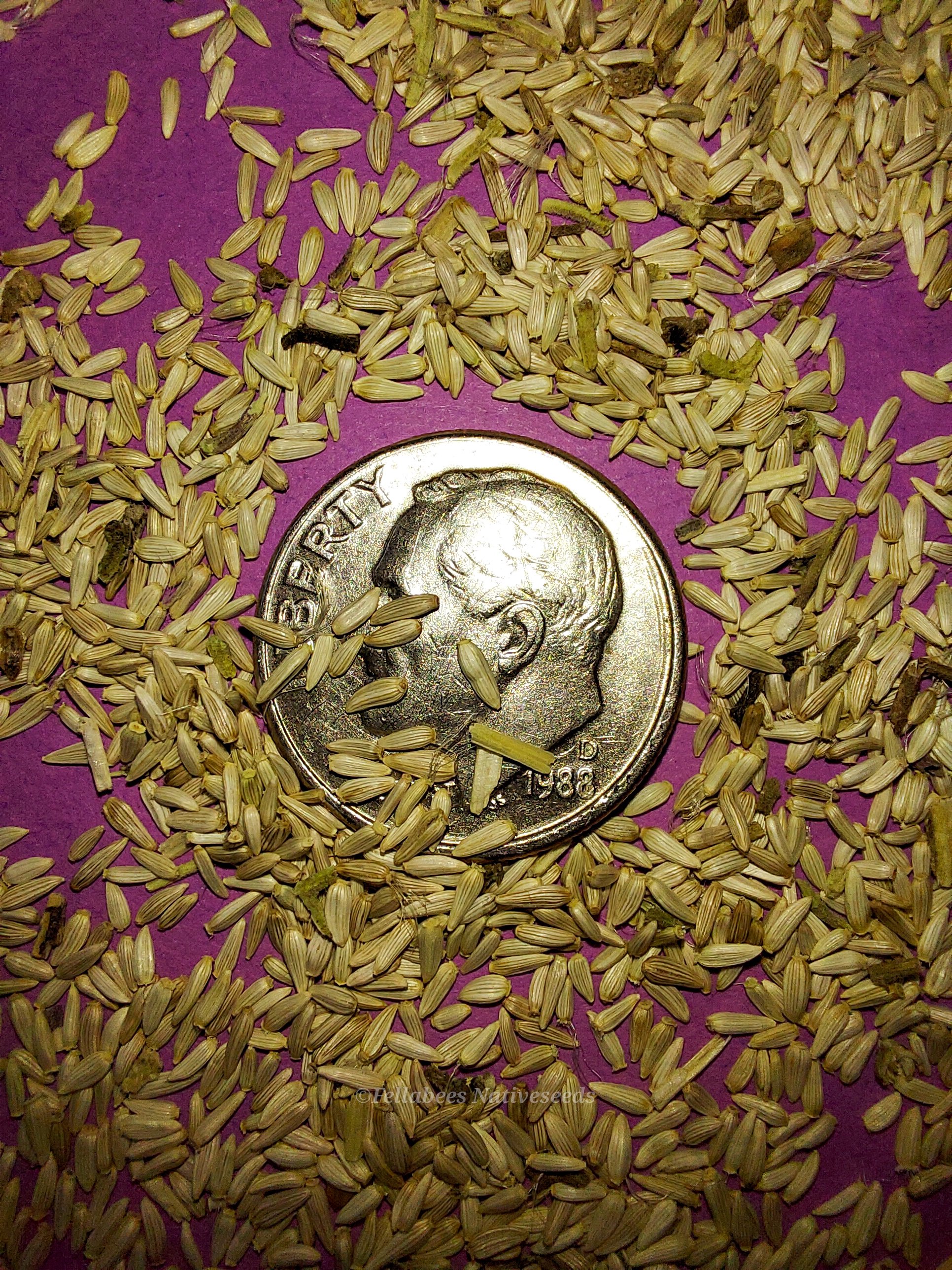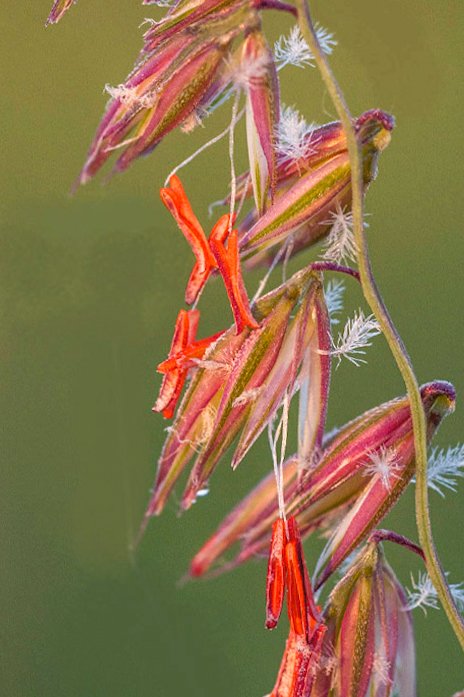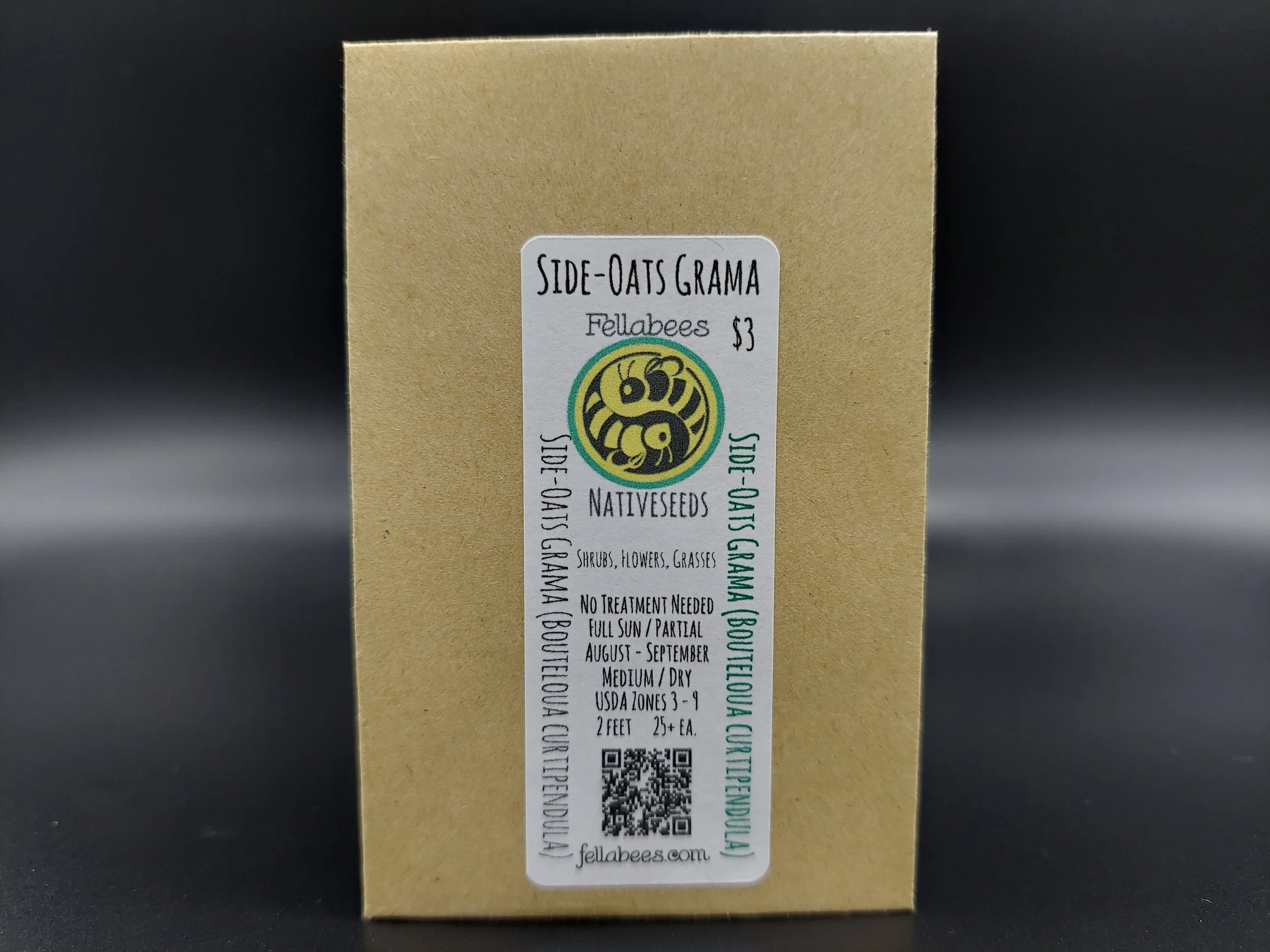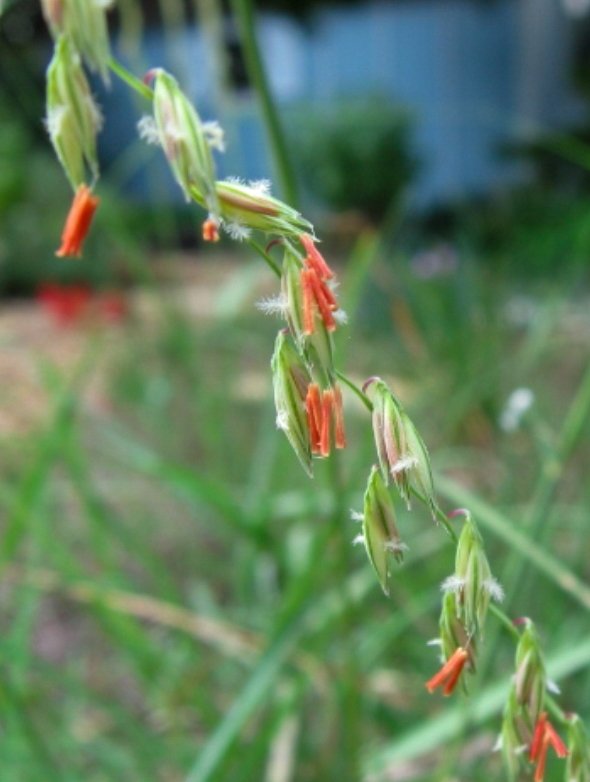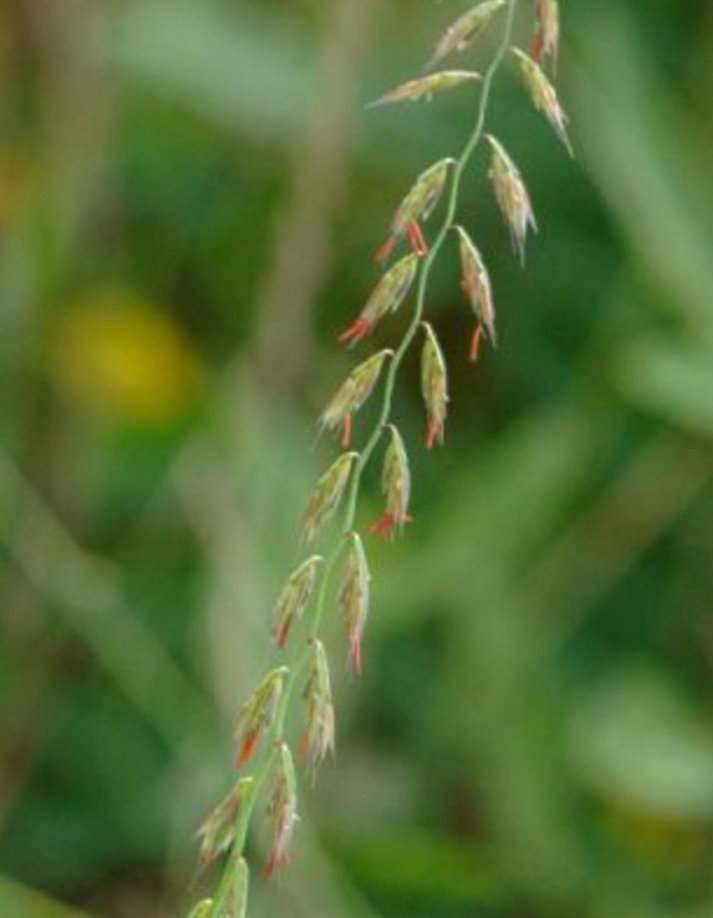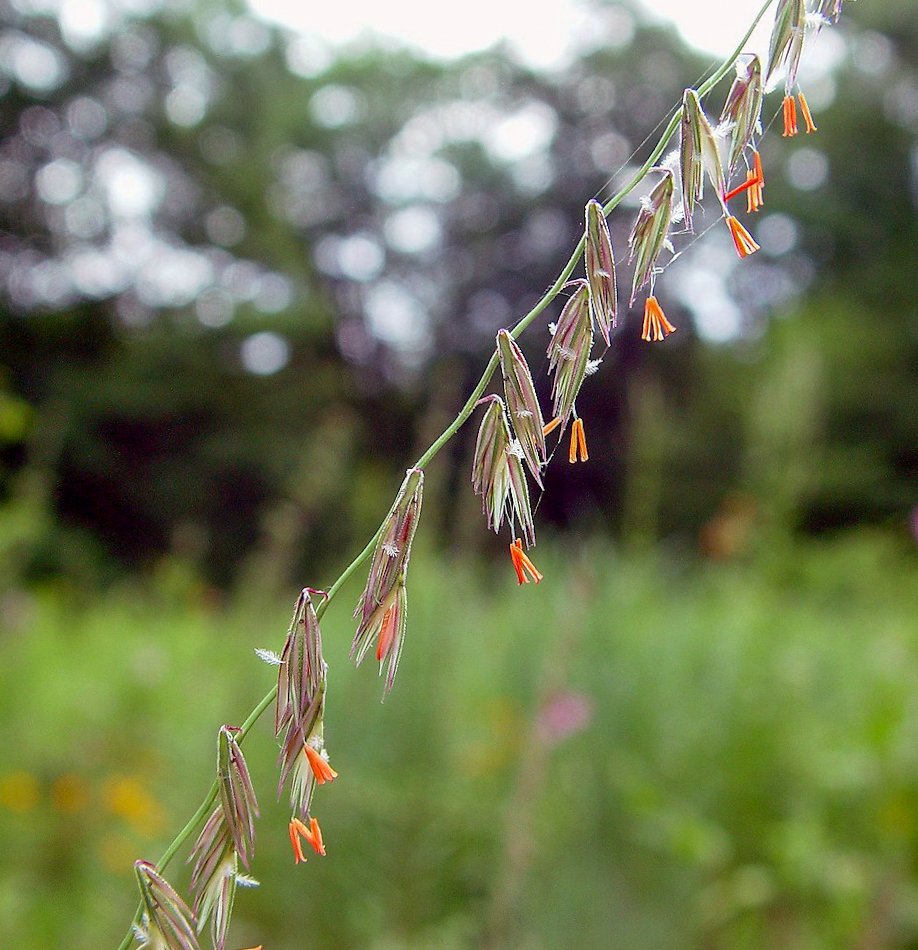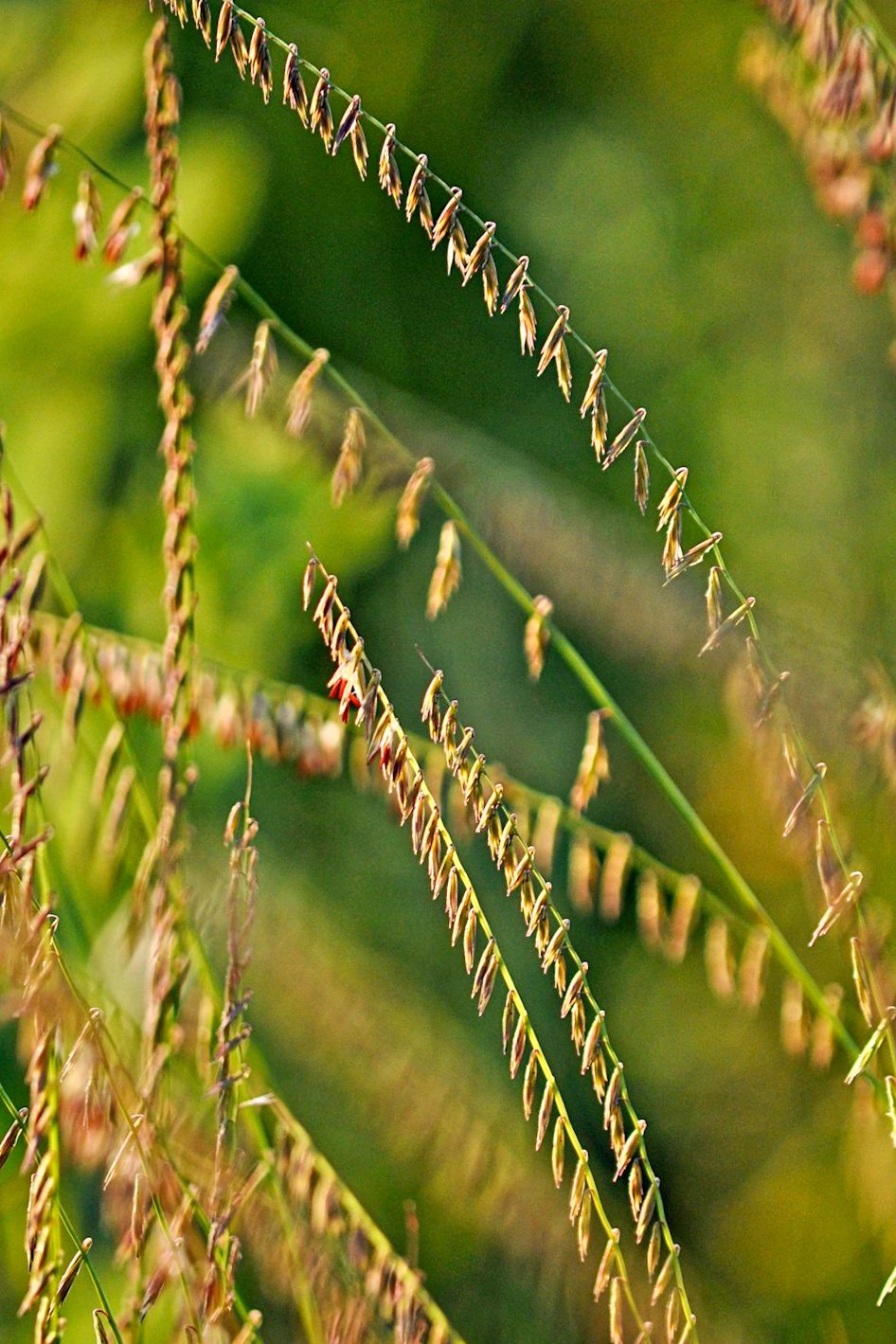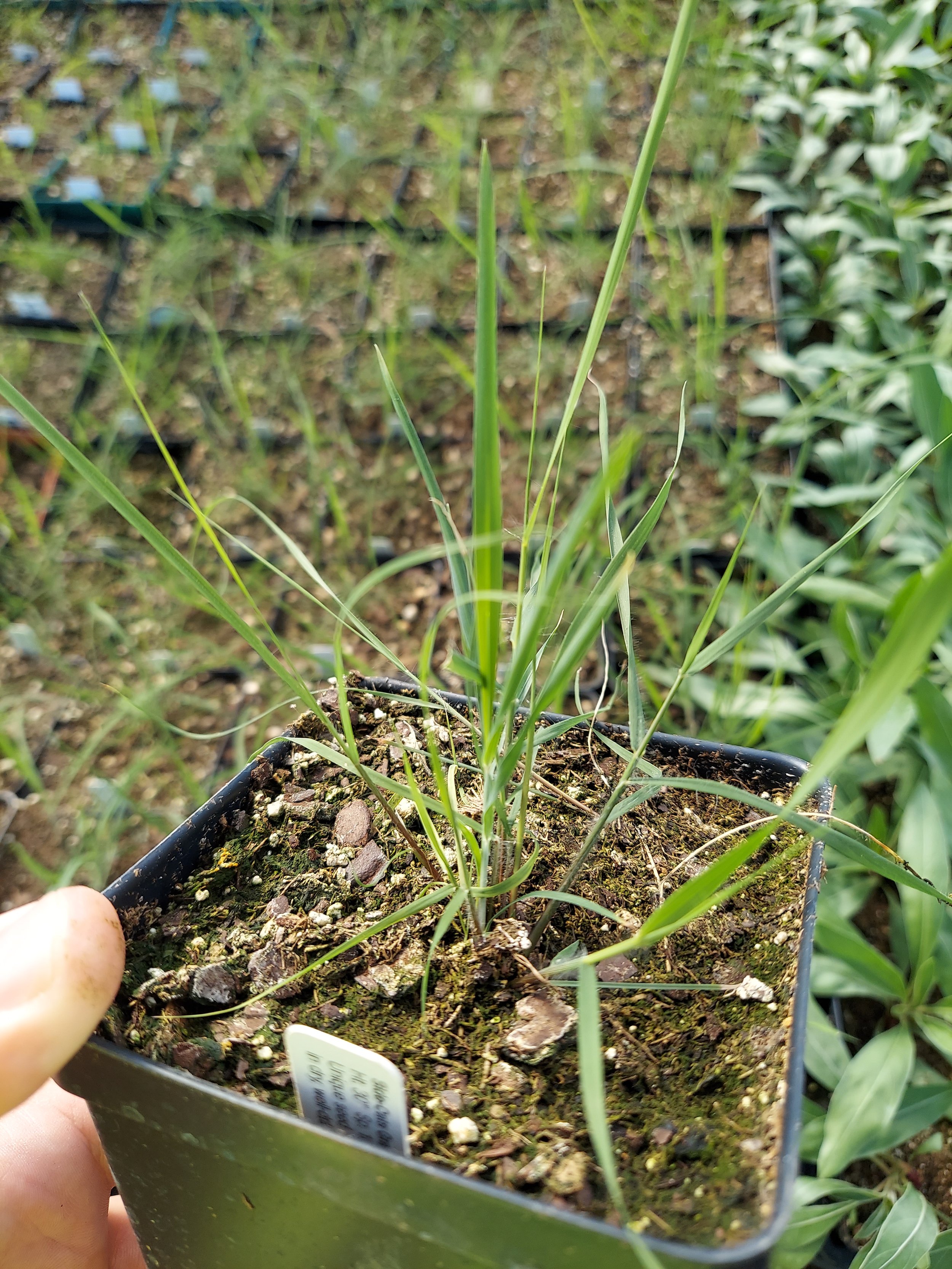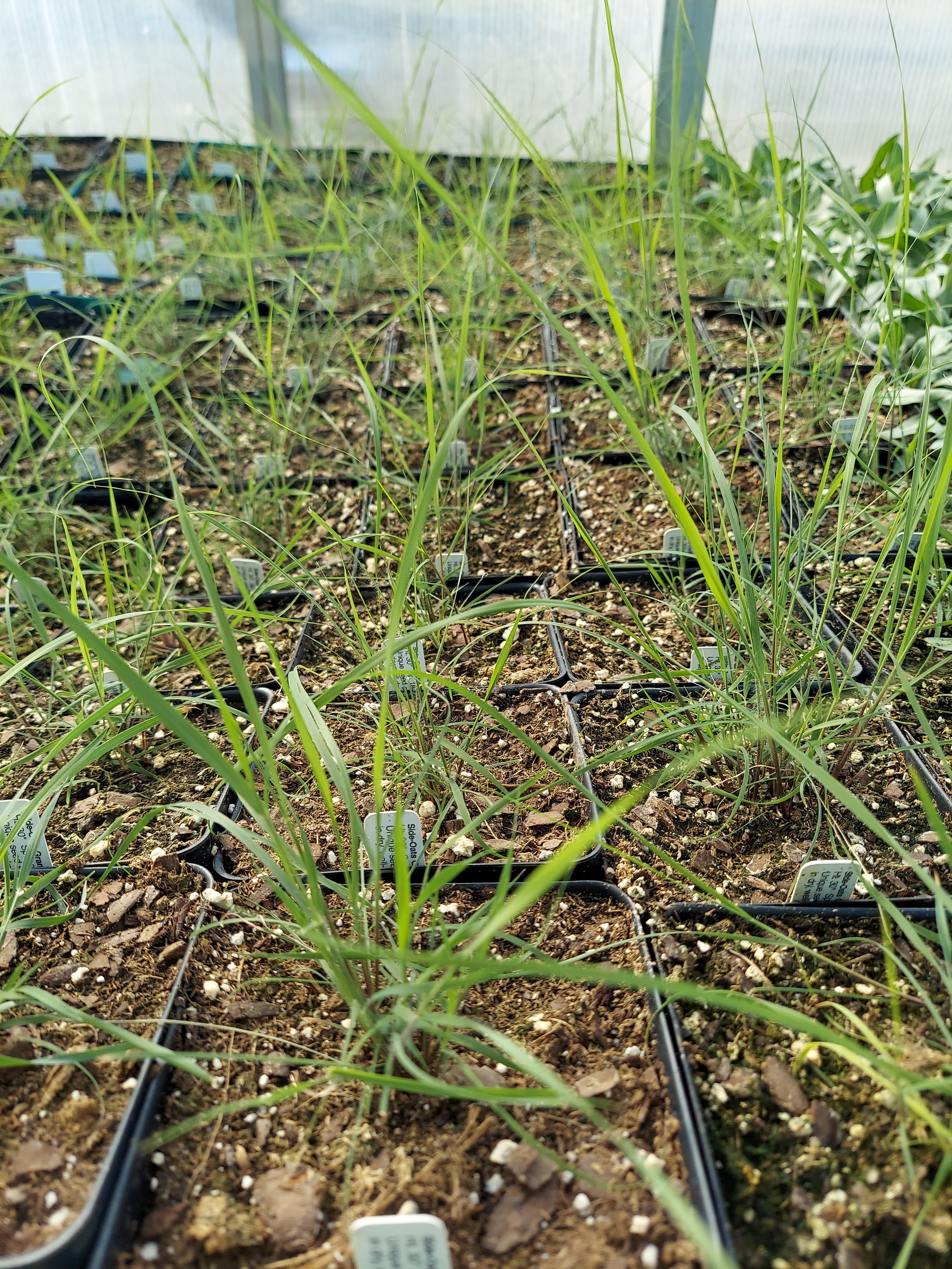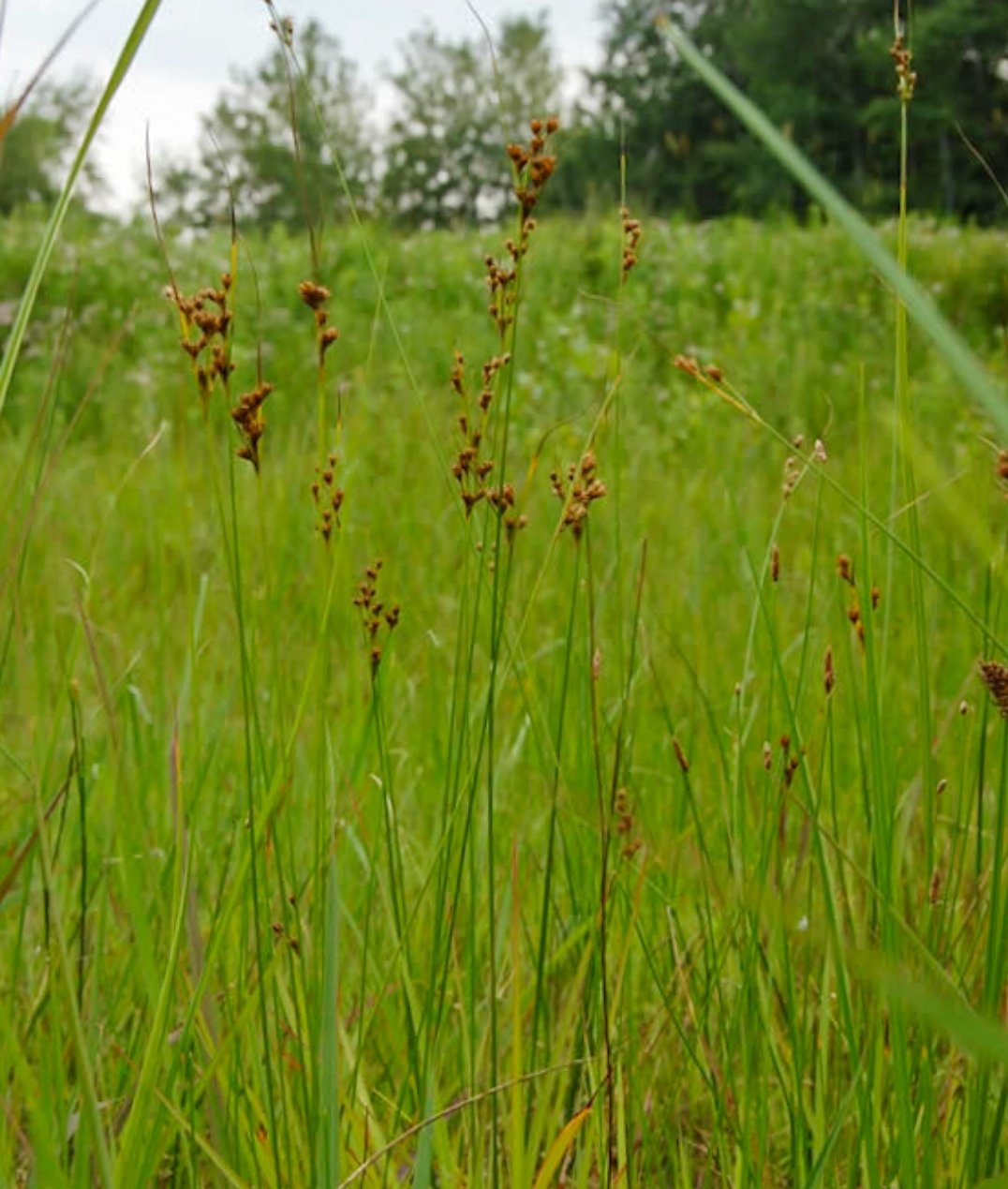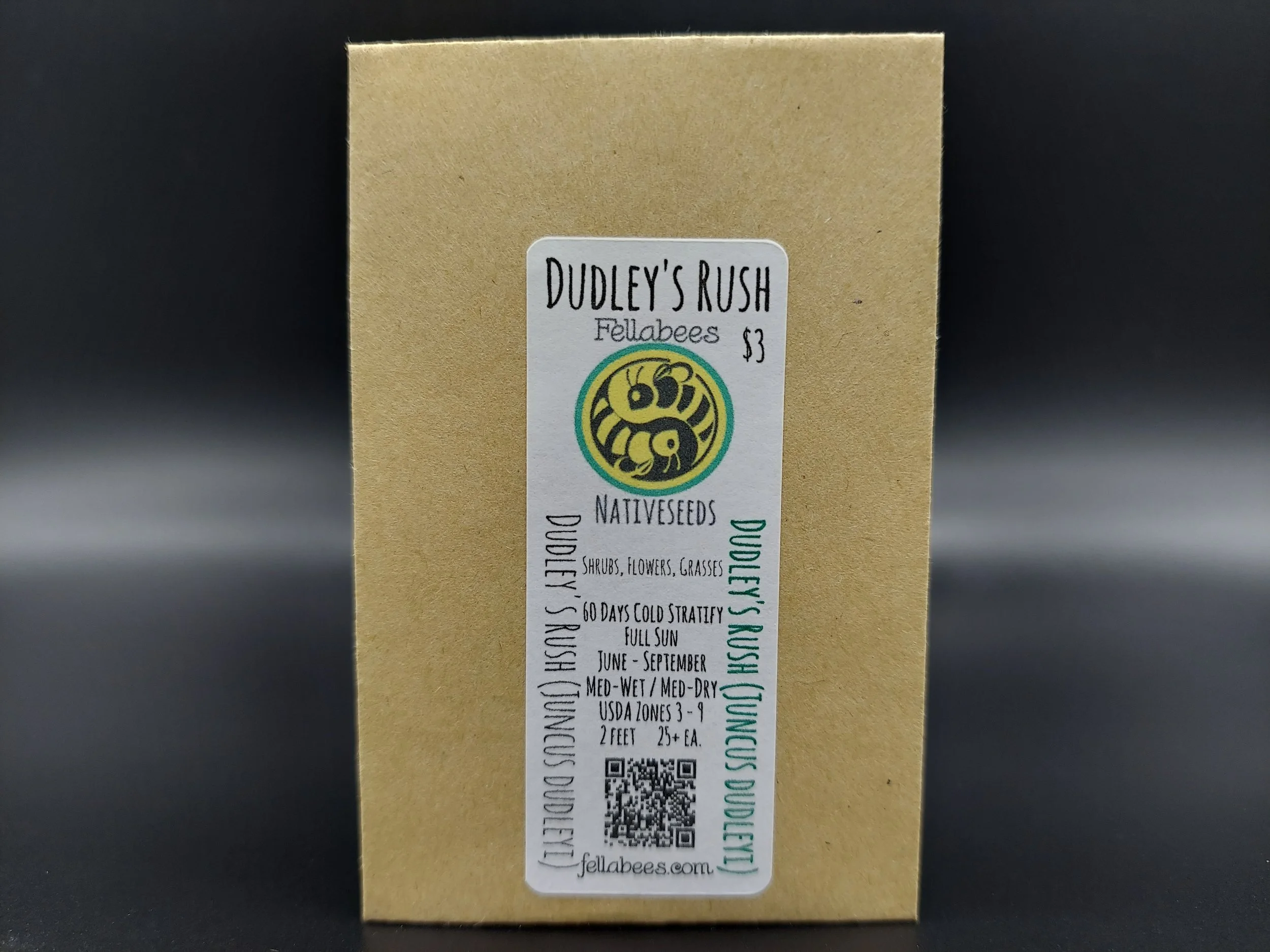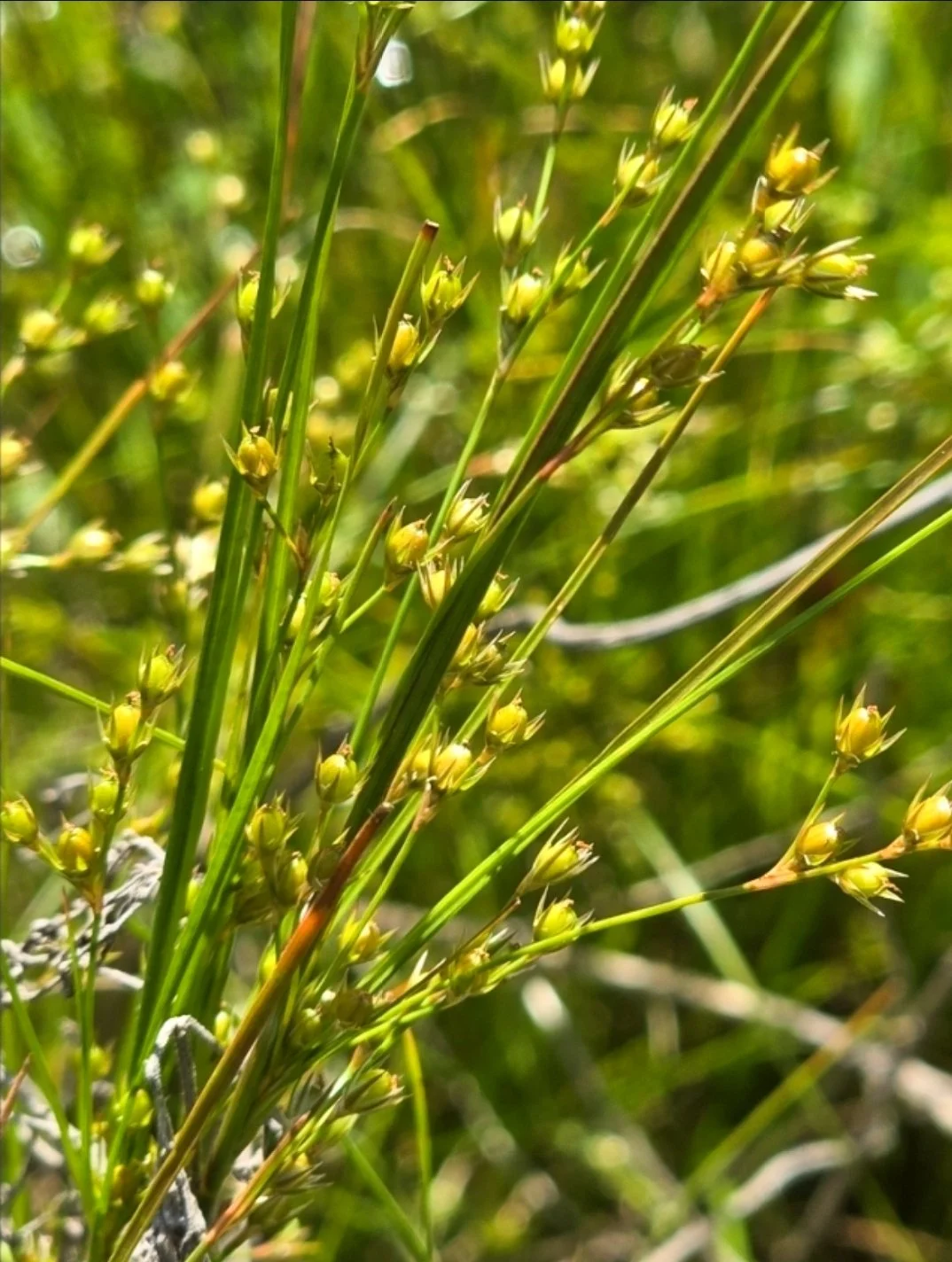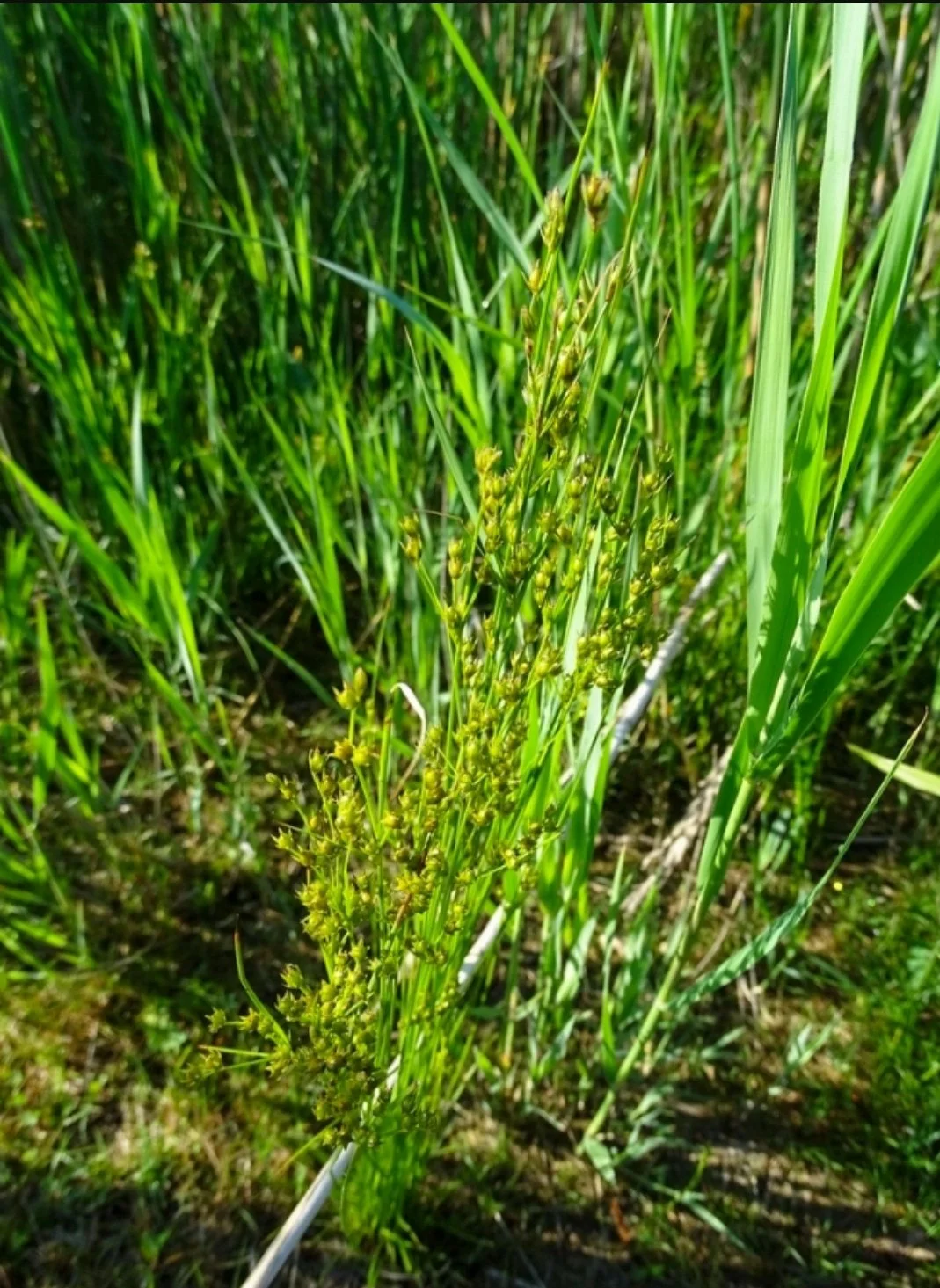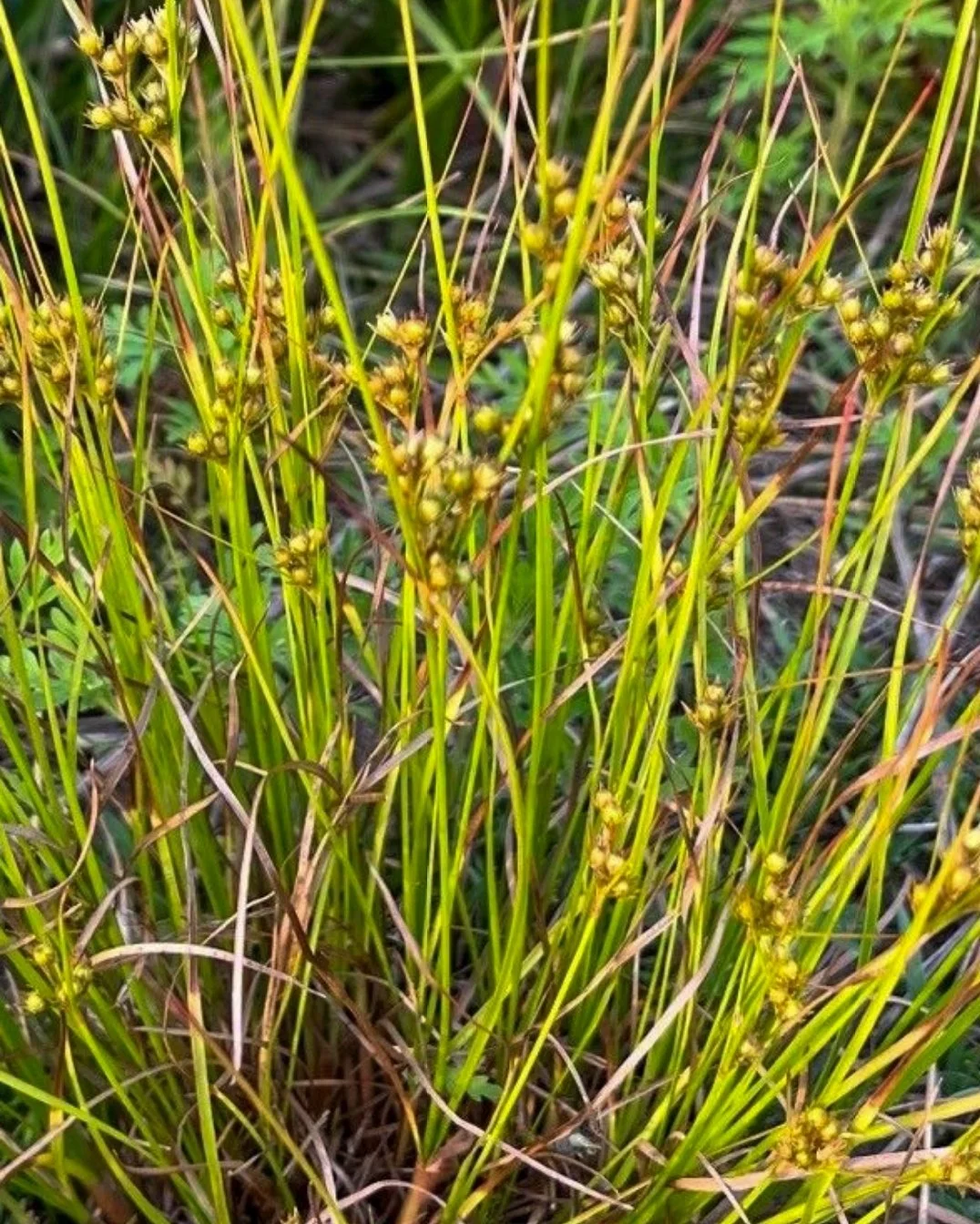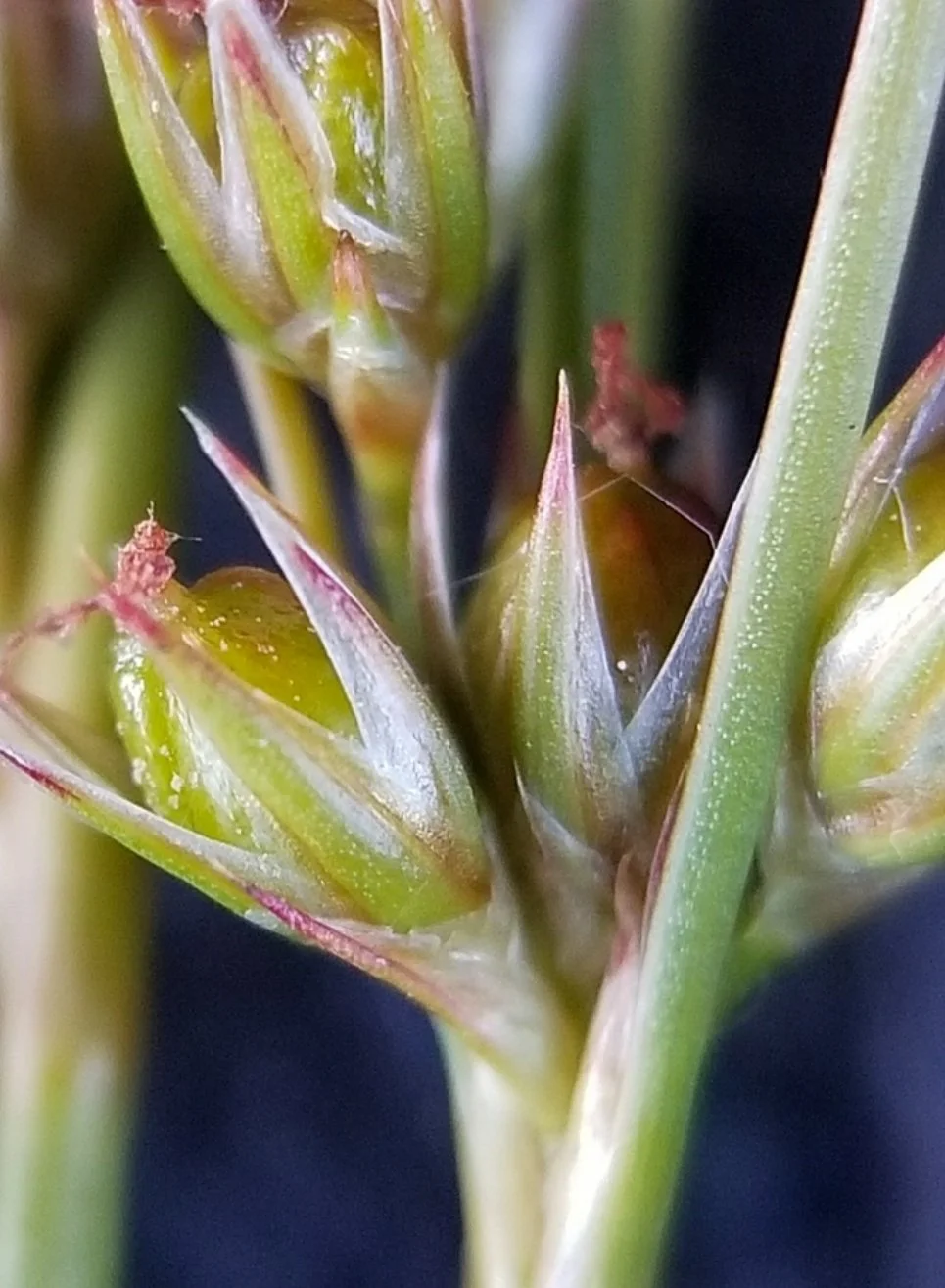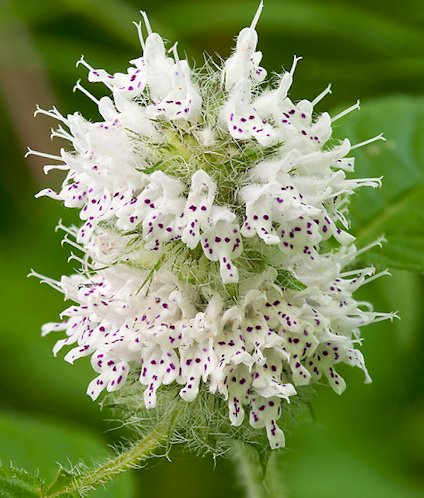 Image 1 of 6
Image 1 of 6

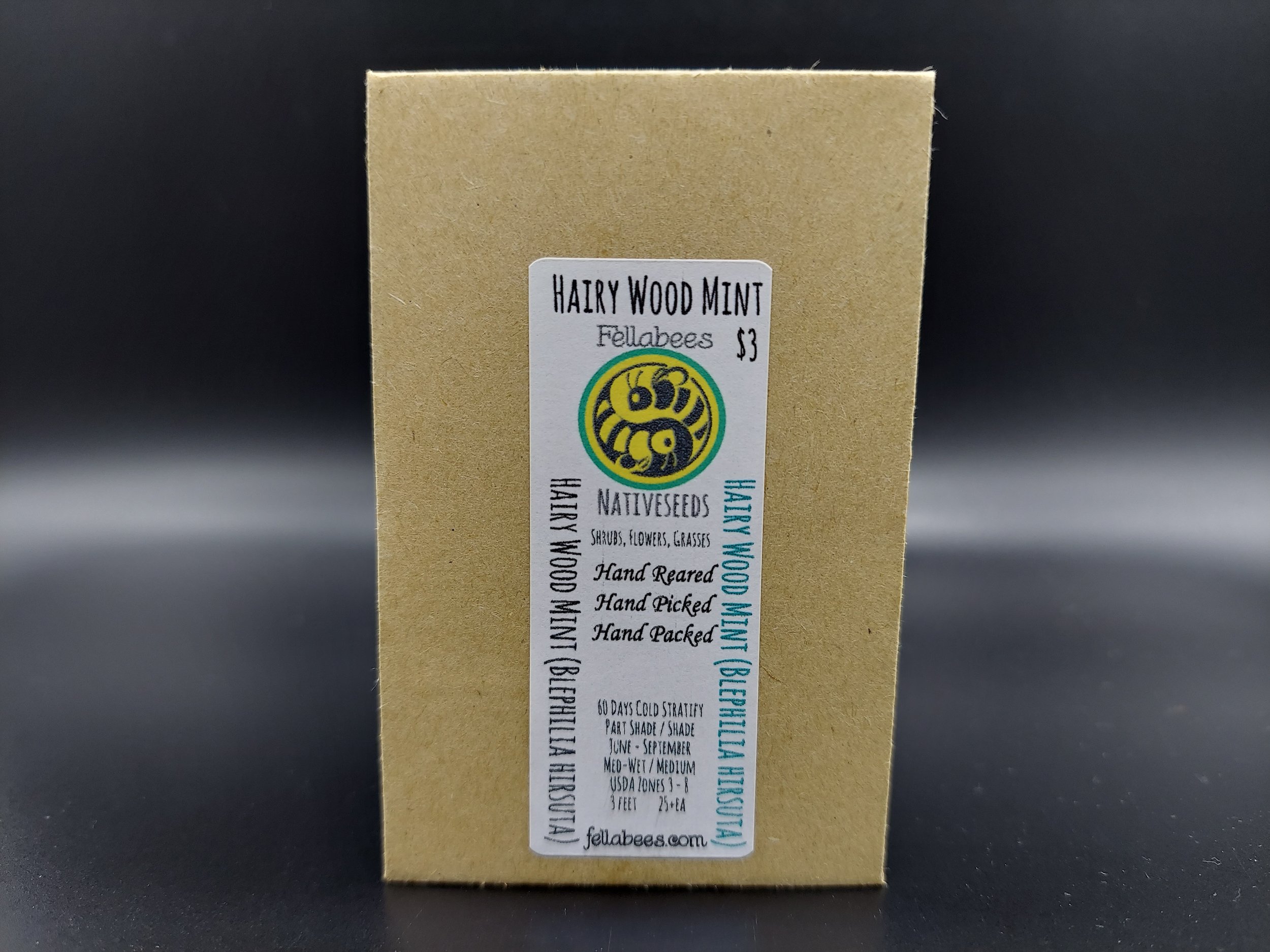 Image 2 of 6
Image 2 of 6

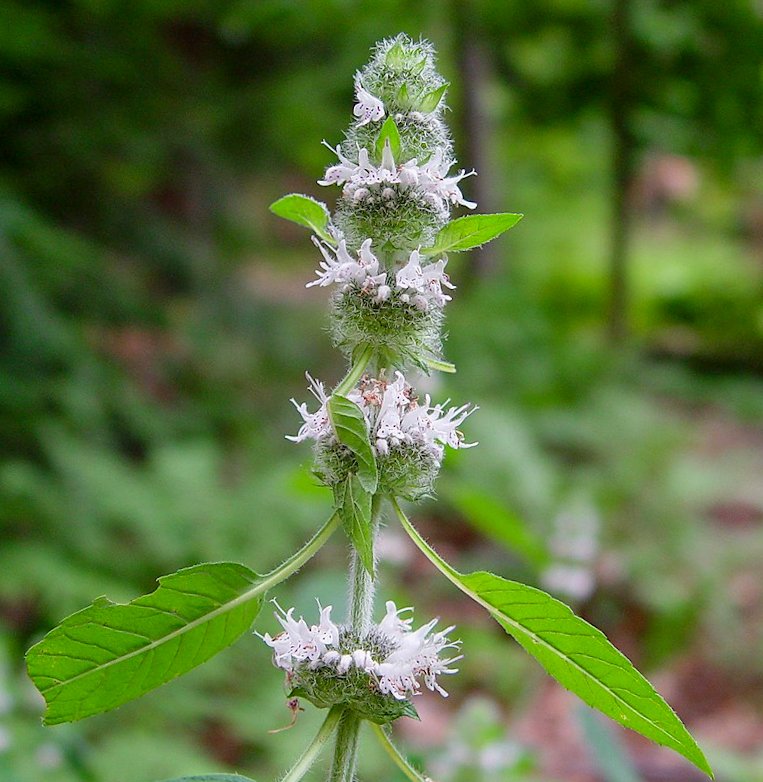 Image 3 of 6
Image 3 of 6

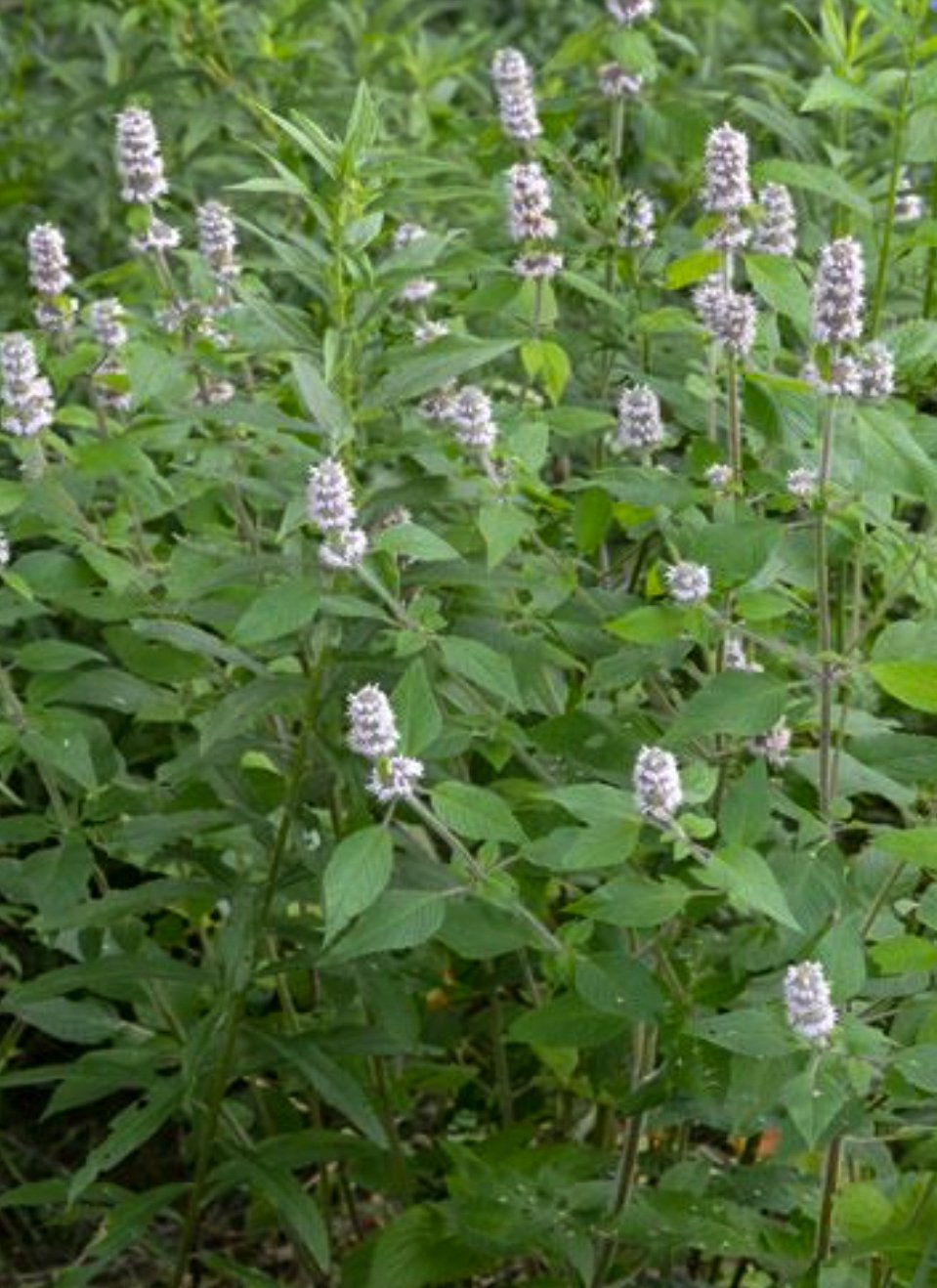 Image 4 of 6
Image 4 of 6

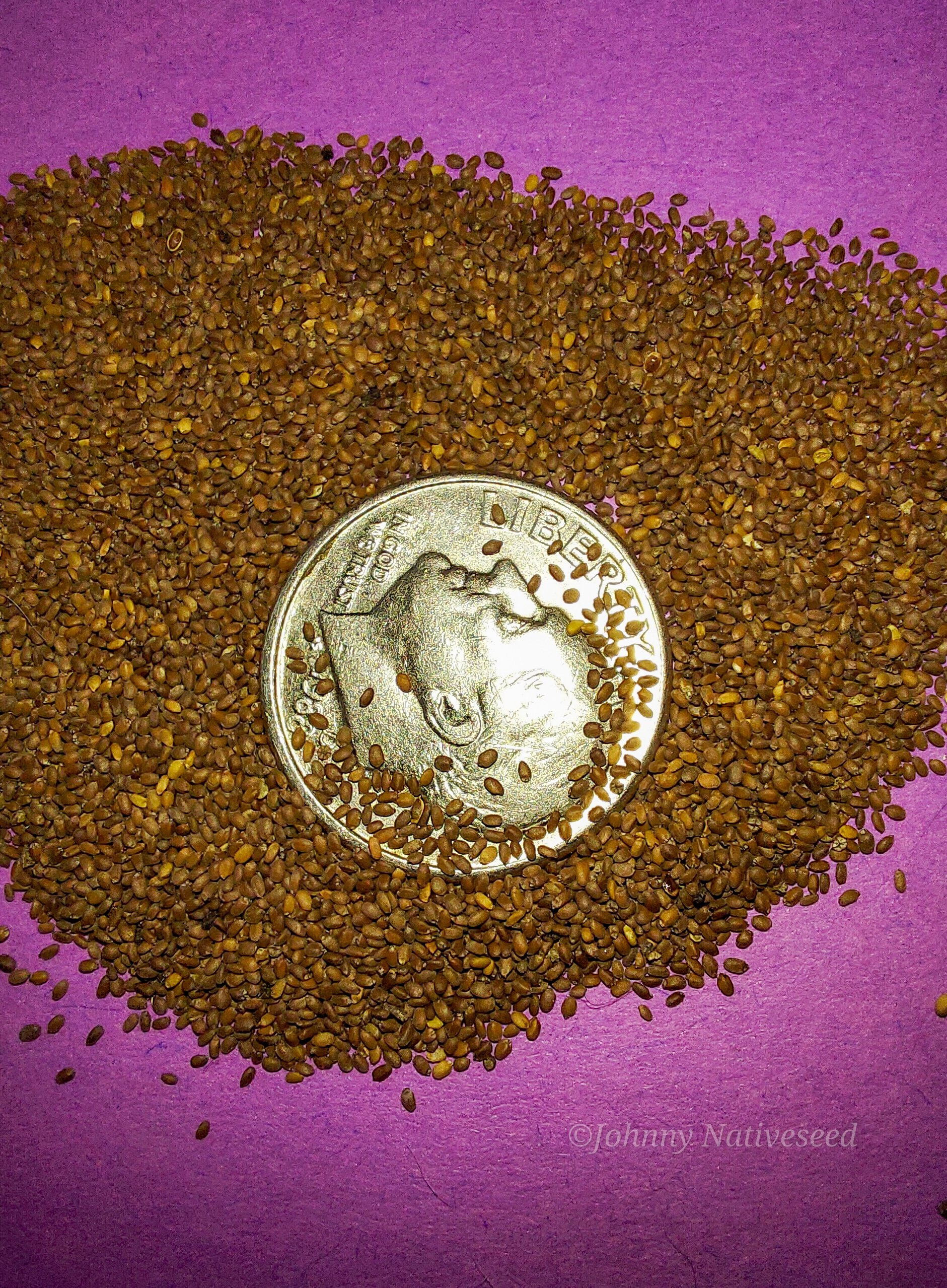 Image 5 of 6
Image 5 of 6

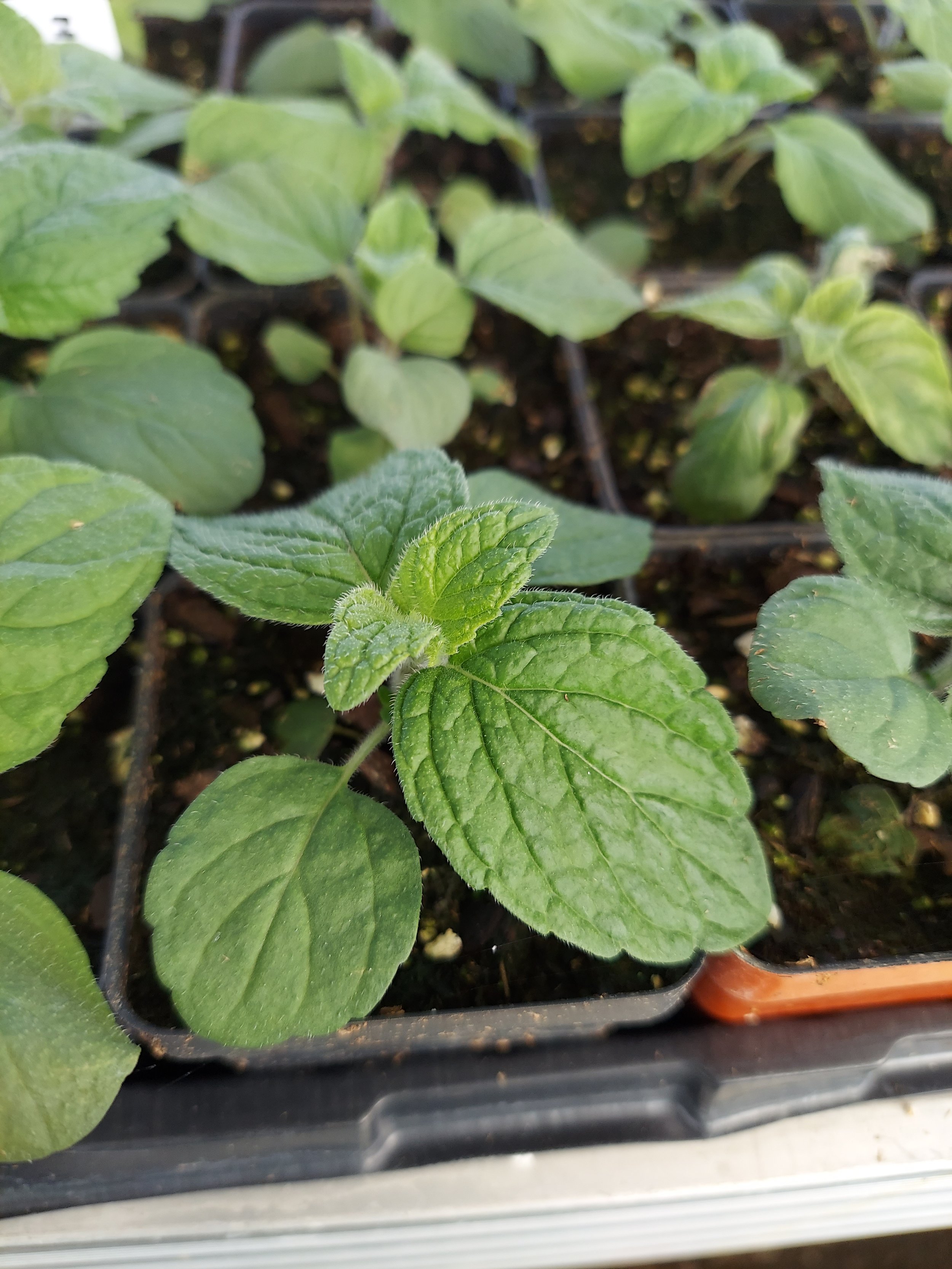 Image 6 of 6
Image 6 of 6







Hairy Wood Mint (Blephilia hirsuta)
Hairy Wood Mint (Blephilia hirsuta)
Blephilia hirsuta is the scientific name for this special native plant more commonly known as Hairy Wood Mint and Hairy Pagoda Plant. It is a native species of herbaceous perennial in the Lamiaceae (Mint) family, and is endemic to eastern (east of the Mississippi River) North America.
Before getting its scientific name, it had the mistaken honor of being placed in the Monarda family, and was erroneously named Monarda hirsuta back in 1814.
Hairy Wood Mint is a perennial plant that is typically about 12 to 47 (1 foot to 3’ 11”) inches tall. Its central stem is covered with long white hairs and ends in several whorls of flowers.
The flowers of Hairy Wood Mint can be either light blue, pale purple or white with purple spots. Each flower is roughly 1⁄2 inch long with light green sepals, two main 'lips', two visible stamens, and a style that is divided at the tip. These beautiful flowers begin to appear in the summer and will continue for a good month and a half under various conditions and stimuli its environment offers.
Arranged oppositely along the stem, the leaves of hairy wood mint are quite long but are thin, and begin to become wider near the base of the leaf. They are pleasantly fragrant. The petioles are 1⁄2 to 1 1⁄4 inches and are covered with little translucent hairs. Blephilia hirsuta has the largest leaves of all the plants in this genus.
As the plants mature they will begin to network and its stems will grow from a system of rhizomes with fibrous roots, to slowly form dense drifts and thick colonies.
In its preferred habitat Hairy Wood Mint is fairly common throughout the eastern United States, including Wisconsin, Connecticut, Florida, Indiana, Kentucky, Minnesota, Nebraska, North Carolina, Tennessee, and West Virginia.
Hairy Wood Mint tends to prefers the rich, moist soil found in hardwood forests, where it will crawl along the banks of streams and rivers, as well as stretch in forest openings and thickets bedded over limestone, and is occasionally found near undisturbed wetlands. Hairy Wood Mint prefers partial, dappled sun or light shade. It will perform very well where there are infrequent, low-intensity disturbances.
This plant is a pollinator magnet, and beckons to them to enjoy the shade and moisture, luring them with a sweet nectar reward sensed on the wind from far away, via its use of pheromones and volitile organic compounds (VOC's)
Many different types of bees sweat bees, mason bees, and miner bees, flies such as bee-flies and syrphids, and butterflies such as skippers will eagerly pollinate the many flowers of Hairy Wood Mint. Most of these pollinators pollinate the hairy wood mint due to that sweet nectar reward, although some will be much more enticed by the pollen itself.
This plant is avoided by deer, rabbits and other herbivores due to its powerful minty scent and VOC's (Volitile Organic Compounds)
Hairy Wood Mint has not typically been used as food/herb source by humans, but it is often planted in gardens for its beauty and pleasant aroma; when the leaves are crushed or damaged they give off a minty scent. This plant is also employed succesfully as a deterent to herbivores, and if the soil and conditions permit, can be utilized as a border to areas where herbivore exclusion is desired.
Despite not typically being consumed by humans, Indigenous humans native to Eastern North America have traditionally spoken and used it for beneficial medicinal properties, given that a related species (Blephilia ciliata) has historically been used by the Cherokee People as a poultice to treat headaches.
Over much of its range Blephilia hirsuta is considered to be a fairly secure species, it is present, but considered rare in Nebraska, Kansas, Oklahoma, Mississippi, Vermont, Maryland, Virginia, and Delaware, resulting in Connecticut listing it as a species of special concern, Vermont it is listed as threatened, and in Massachusetts Hairy Wood Mint is listed as an endangered species, considered to be extirpated (locally extinct)
Plant Details
USDA Zones: 3-8
Germination Needs: 60 Days Cold Stratification
Life Cycle: Perennial
Sun Exposure: Partial, Shade
Soil Moisture: Medium-Wet, Medium
Plant Spacing: ½-1½ feet
Height: 3 feet
Bloom time: June, July, August, September
Bloom Color: White
Advantages
Pollinator Favorite: butterflies, moths, bees, wasps, beetles
Deer Resistant: Yes
Excellent in the shady home landscape!
Native to: Wisconsin, Minnesota, Iowa, Missouri, Illinois, Michigan, Indiana, Ohio, Nebraska, Kansas, Oklahoma, Pennsylvania, New York, West Virginia, Virginia, Vermont, Massachusetts, Kentucky, Tennessee, North Carolina, Mississippi, Alabama, and Georgia.
.
.
Packet quantities:
We pride ourselves on ethical, hands on, ecological management, using no mechanical or chemical methods whatsoever.
All of our native seed is hand reared, hand picked, and hand packed from native prairies under our exclusive management, never breaking chain of custody from the field until it is sent to you. Each packet is hand prepared for shipment by us, directly.
Small seed species will contain greater than 20-25 seed
Large seed species will contain greater than 10-15 seed
It is our mission to spread the wealth of native plant and pollinator ecological sustainability, and educate back yard gardeners as well as corporate and government entities in how to germinate, grow, and benefit from native synergies.
Thank you for your support, it is because of you, that we can grow together to do, what we do.🐛🦋🐝🐞🌾🌱🌼🧡
Hairy Wood Mint (Blephilia hirsuta)
Blephilia hirsuta is the scientific name for this special native plant more commonly known as Hairy Wood Mint and Hairy Pagoda Plant. It is a native species of herbaceous perennial in the Lamiaceae (Mint) family, and is endemic to eastern (east of the Mississippi River) North America.
Before getting its scientific name, it had the mistaken honor of being placed in the Monarda family, and was erroneously named Monarda hirsuta back in 1814.
Hairy Wood Mint is a perennial plant that is typically about 12 to 47 (1 foot to 3’ 11”) inches tall. Its central stem is covered with long white hairs and ends in several whorls of flowers.
The flowers of Hairy Wood Mint can be either light blue, pale purple or white with purple spots. Each flower is roughly 1⁄2 inch long with light green sepals, two main 'lips', two visible stamens, and a style that is divided at the tip. These beautiful flowers begin to appear in the summer and will continue for a good month and a half under various conditions and stimuli its environment offers.
Arranged oppositely along the stem, the leaves of hairy wood mint are quite long but are thin, and begin to become wider near the base of the leaf. They are pleasantly fragrant. The petioles are 1⁄2 to 1 1⁄4 inches and are covered with little translucent hairs. Blephilia hirsuta has the largest leaves of all the plants in this genus.
As the plants mature they will begin to network and its stems will grow from a system of rhizomes with fibrous roots, to slowly form dense drifts and thick colonies.
In its preferred habitat Hairy Wood Mint is fairly common throughout the eastern United States, including Wisconsin, Connecticut, Florida, Indiana, Kentucky, Minnesota, Nebraska, North Carolina, Tennessee, and West Virginia.
Hairy Wood Mint tends to prefers the rich, moist soil found in hardwood forests, where it will crawl along the banks of streams and rivers, as well as stretch in forest openings and thickets bedded over limestone, and is occasionally found near undisturbed wetlands. Hairy Wood Mint prefers partial, dappled sun or light shade. It will perform very well where there are infrequent, low-intensity disturbances.
This plant is a pollinator magnet, and beckons to them to enjoy the shade and moisture, luring them with a sweet nectar reward sensed on the wind from far away, via its use of pheromones and volitile organic compounds (VOC's)
Many different types of bees sweat bees, mason bees, and miner bees, flies such as bee-flies and syrphids, and butterflies such as skippers will eagerly pollinate the many flowers of Hairy Wood Mint. Most of these pollinators pollinate the hairy wood mint due to that sweet nectar reward, although some will be much more enticed by the pollen itself.
This plant is avoided by deer, rabbits and other herbivores due to its powerful minty scent and VOC's (Volitile Organic Compounds)
Hairy Wood Mint has not typically been used as food/herb source by humans, but it is often planted in gardens for its beauty and pleasant aroma; when the leaves are crushed or damaged they give off a minty scent. This plant is also employed succesfully as a deterent to herbivores, and if the soil and conditions permit, can be utilized as a border to areas where herbivore exclusion is desired.
Despite not typically being consumed by humans, Indigenous humans native to Eastern North America have traditionally spoken and used it for beneficial medicinal properties, given that a related species (Blephilia ciliata) has historically been used by the Cherokee People as a poultice to treat headaches.
Over much of its range Blephilia hirsuta is considered to be a fairly secure species, it is present, but considered rare in Nebraska, Kansas, Oklahoma, Mississippi, Vermont, Maryland, Virginia, and Delaware, resulting in Connecticut listing it as a species of special concern, Vermont it is listed as threatened, and in Massachusetts Hairy Wood Mint is listed as an endangered species, considered to be extirpated (locally extinct)
Plant Details
USDA Zones: 3-8
Germination Needs: 60 Days Cold Stratification
Life Cycle: Perennial
Sun Exposure: Partial, Shade
Soil Moisture: Medium-Wet, Medium
Plant Spacing: ½-1½ feet
Height: 3 feet
Bloom time: June, July, August, September
Bloom Color: White
Advantages
Pollinator Favorite: butterflies, moths, bees, wasps, beetles
Deer Resistant: Yes
Excellent in the shady home landscape!
Native to: Wisconsin, Minnesota, Iowa, Missouri, Illinois, Michigan, Indiana, Ohio, Nebraska, Kansas, Oklahoma, Pennsylvania, New York, West Virginia, Virginia, Vermont, Massachusetts, Kentucky, Tennessee, North Carolina, Mississippi, Alabama, and Georgia.
.
.
Packet quantities:
We pride ourselves on ethical, hands on, ecological management, using no mechanical or chemical methods whatsoever.
All of our native seed is hand reared, hand picked, and hand packed from native prairies under our exclusive management, never breaking chain of custody from the field until it is sent to you. Each packet is hand prepared for shipment by us, directly.
Small seed species will contain greater than 20-25 seed
Large seed species will contain greater than 10-15 seed
It is our mission to spread the wealth of native plant and pollinator ecological sustainability, and educate back yard gardeners as well as corporate and government entities in how to germinate, grow, and benefit from native synergies.
Thank you for your support, it is because of you, that we can grow together to do, what we do.🐛🦋🐝🐞🌾🌱🌼🧡
